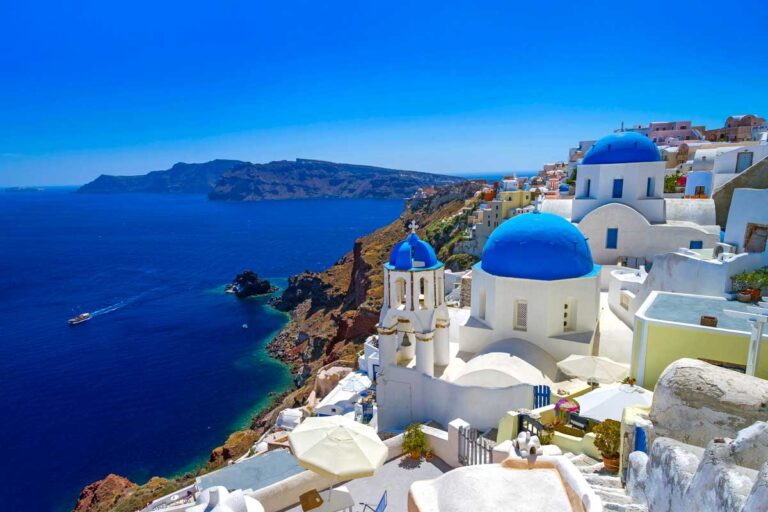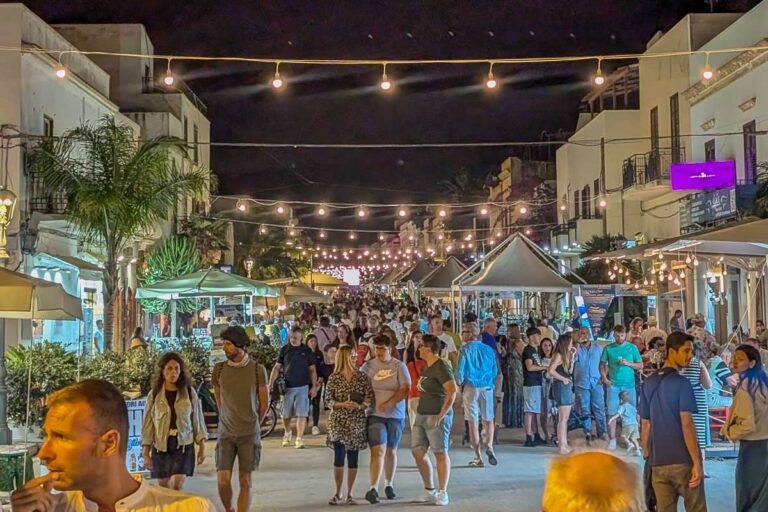Best Time to Visit Europe
Planning a trip to Europe but not sure when to go? We’ve got you covered.
There’s no one-size-fits-all “best” time to visit Europe. It really depends on what kind of trip you’re after! That’s why we’ve written this guide to help you figure out which time is right for you.
The great thing about Europe is that, whether you’re dreaming of golden beaches, charming cities, or festive Christmas markets, every season and destination offers something unique. So after years of traveling across the continent in every kind of weather, we’ve broken it all down to help you figure out the perfect time of year for your adventure. Let’s go!
Our Favorite Time to Visit


Europe is beautiful all year round, but if we had to choose just one time to visit, the shoulder season months would be our top pick. This means May and early June, and September.
We think of these months as the “goldilocks” months. They’re lovely and warm but not scorching, with temperatures that are ideal for sightseeing, hiking, and outdoor dining. And at the same time, you’ll miss the peak summer crowds and sky-high prices that come with July and August.
During the shoulder months, you can still hit the beach, but the streets tend to be much calmer than the peak of summer. Plus, daylight hours are still long, and rainy days are few and far between, unlike during the winter.
You’ll still want to book ahead for popular spots, but traveling in shoulder months usually means more availability, better rates, and a more relaxed experience overall. During the summer, it sometimes feels like you have to book absolutely everything in advance, from hotels to restaurants. Meanwhile, during the winter, lots of great spots shut up shop for a while.
The shoulder months offer the best of both worlds, whether you’re city-hopping through Italy, road-tripping through France, or island-hopping in Greece. This is when we like to travel to hit the sweet spot between summer energy and off-season charm.
Season Overview
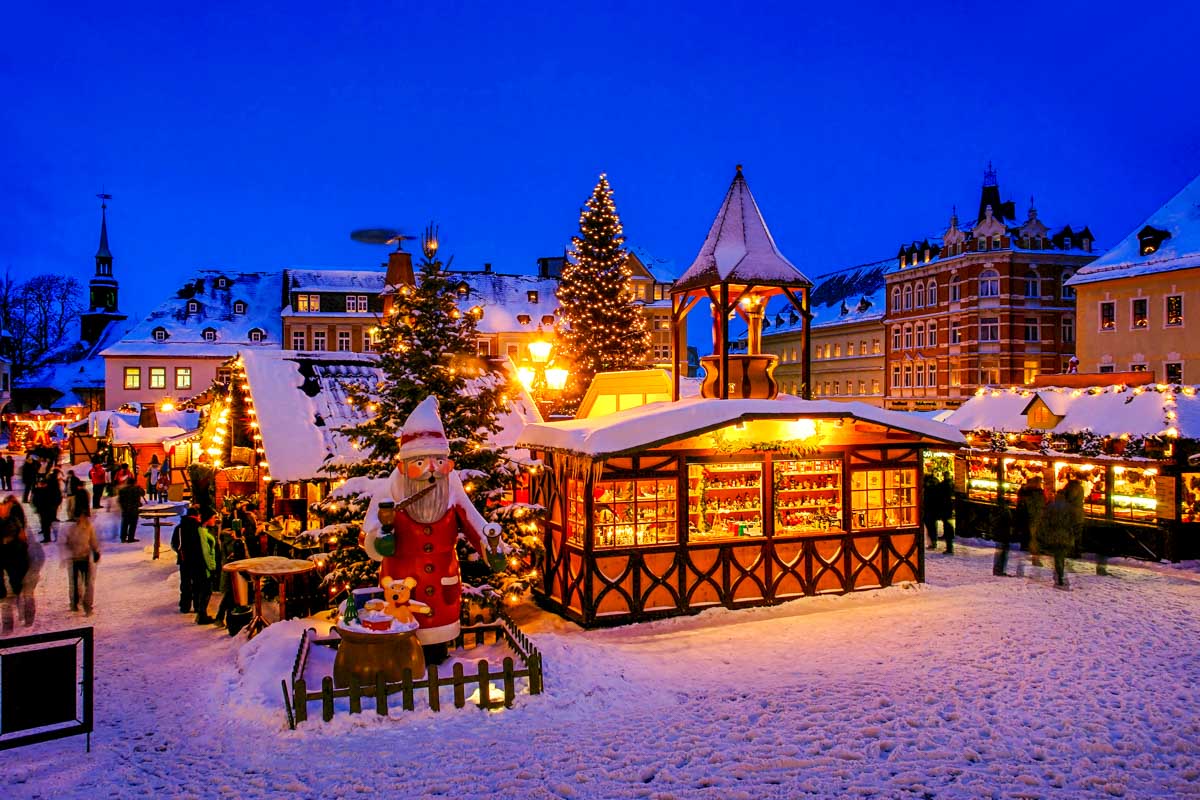
What’s amazing about Europe is that it truly transforms with the seasons! Each time of year offers a different experience, from cozy Christmas markets in winter to springtime joy in the cities and sunny beach days during the summer.
To help you figure out the best time for your trip, we’ve broken things down by season and month, highlighting what to expect in terms of weather, crowds, prices, and activities.
Whether you’re planning a romantic getaway, a cultural deep-dive, or a nature-filled adventure, there’s a perfect time to go. From snowy escapes in January to wine festivals in September, here’s what each part of the year has in store.
Spring (March to May)
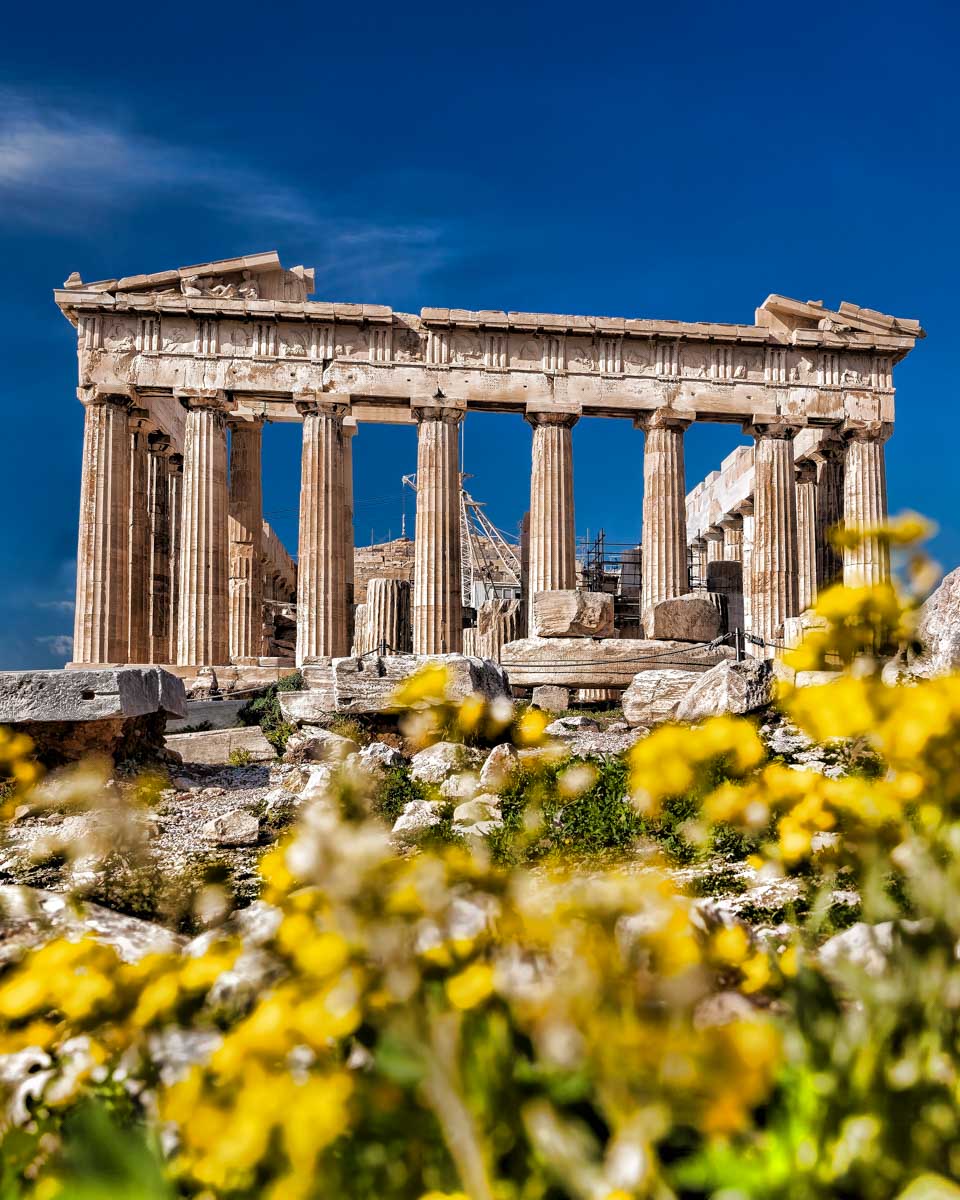
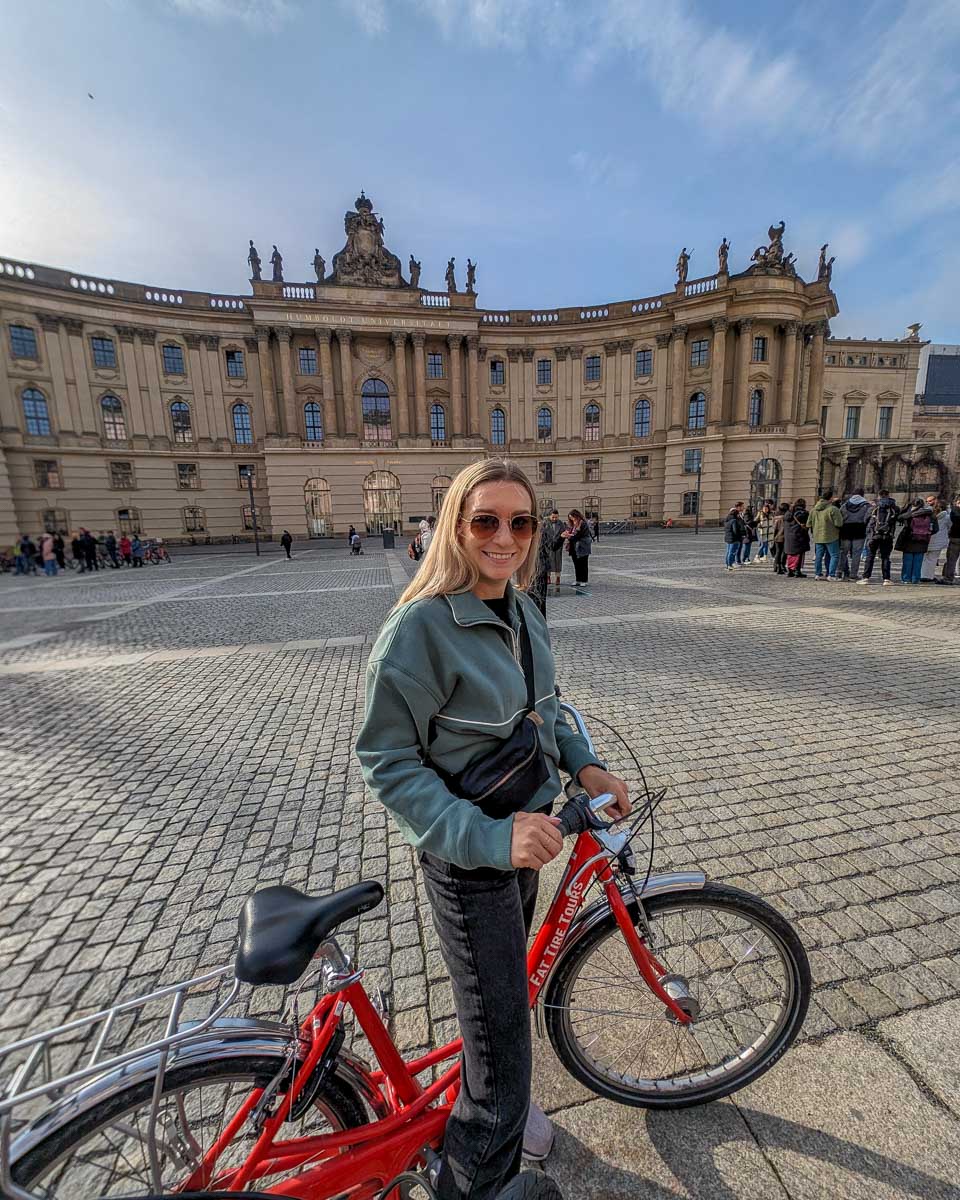
Spring is one of our favorite times to visit Europe. We love it because it’s the perfect time of year to beat the crowds and enjoy mild, comfortable weather. As a shoulder season, it offers a sweet spot between the winter quiet and the hustle and bustle of summer. Southern Europe in particular starts to warm up nicely, making it a great time for sightseeing without the intense heat that hits places like Rome, Seville, or Athens in July and August.
At this time of year, the cities begin to come back to life after the winter months. Outdoor cafés start filling up, bars are busy at happy hour again, seasonal hotels reopen, and the parks and gardens burst with color. It’s a great season for wandering historic streets, hiking in the countryside, and catching local festivals and spring celebrations. Travel costs also tend to be more affordable, too, with better deals on flights and accommodation than in the peak summer season.
That said, spring weather can be a bit unpredictable, especially in Northern and Western Europe. It’s smart to pack for all conditions, including rain. And while it’s warm enough for coastal walks and boat rides, it might still be a little too chilly for full-on beach days in most regions, especially during early spring. Still, for many travelers (us included), the mix of charm, value, and breathing room makes spring a top choice.
March

- Overview: Shoulder season begins, spring starts to bloom
- Best For: City sightseeing without crowds in Southern Europe, northern lights in Iceland and the Nordics
- Pros: Cheaper travel, pleasant temperatures emerging, fewer tourists
- Cons: Unpredictable weather (especially in Northern Europe)
- Events: St. Patrick’s Day (Ireland), spring equinox at Stonehenge
March is a great month for travelers who don’t mind a bit of unpredictability in exchange for fewer crowds and lower prices. It’s the beginning of spring in many parts of Europe, and it’s perfect for sightseeing without the summer heat!
Meanwhile, it’s also one of the final months to catch the northern lights in places like Iceland, Norway, and Finland, before the skies get too bright. March is also ideal for budget-conscious travelers as flight and hotel rates tend to be lower.
The trade-off is that you’ll need to pack layers and be ready for some rain, especially in Northern and Western Europe. But as a fun bonus, if you’re in Ireland, you’ll get to experience all of the St. Patrick’s Day festivities!
April
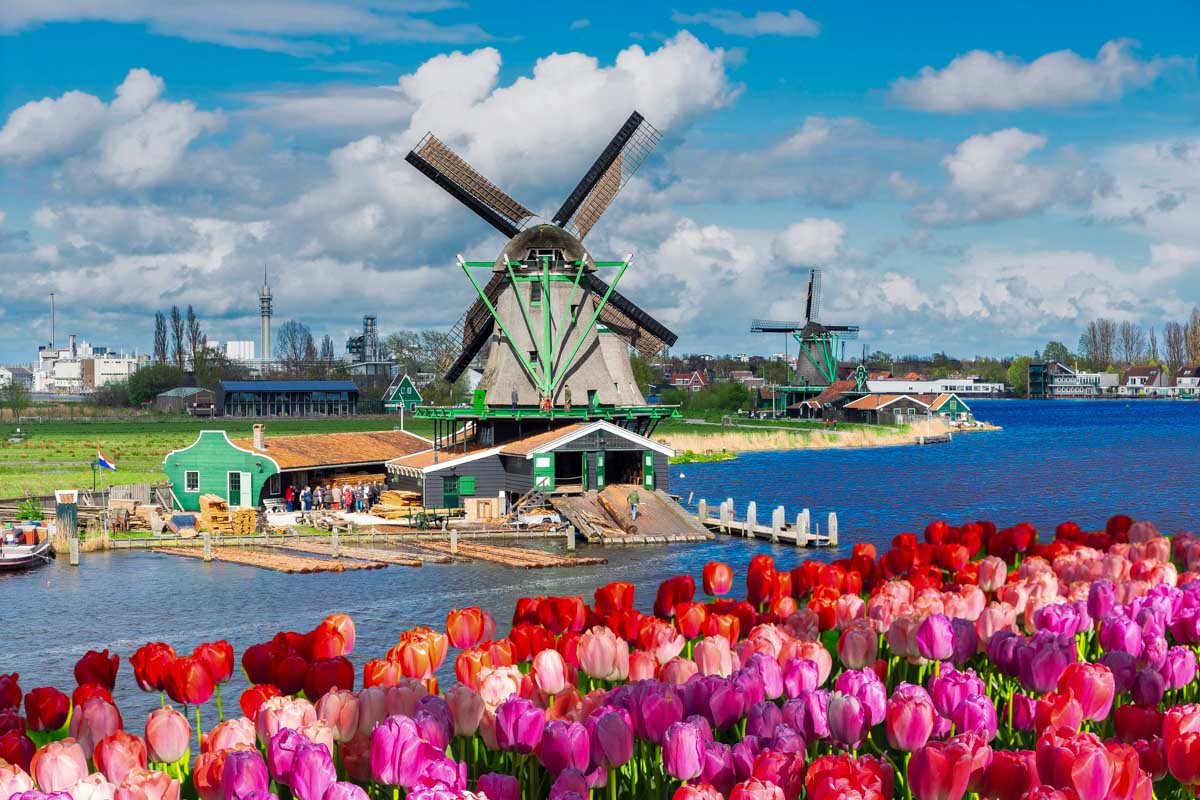
- Overview: Spring is in full swing, Easter festivities
- Best For: Tulip season in the Netherlands, spring hiking, seeing Paris in bloom
- Pros: Mild weather across Europe, daylight hours are getting longer
- Cons: Variable weather, Easter holidays = higher prices and more crowds
- Events: Easter celebrations, King’s Day (Netherlands), Feria de Abril (Seville), Holy Week (Spain)
April is a fantastic month for travelers who want to see spring in full swing! This is when parks and gardens across Europe are in full bloom, and the sun is shining most of the time. It’s a lovely time to visit classic cities like Paris, Rome, and Vienna, which feel fresh and vibrant with spring in the air and longer daylight hours.
Meanwhile, April is the peak of the Netherlands’ famous tulip season. Easter usually falls in April, too, and these holidays can often mean higher prices and bigger crowds in popular destinations. This is especially true in Catholic countries like Spain and Italy!
We also think that April is the perfect month for hikers because the weather is generally dry and mild. It can still be a little unpredictable, especially in the northern regions, but the longer daylight hours and clement temperatures are ideal for outdoor exploration.
May
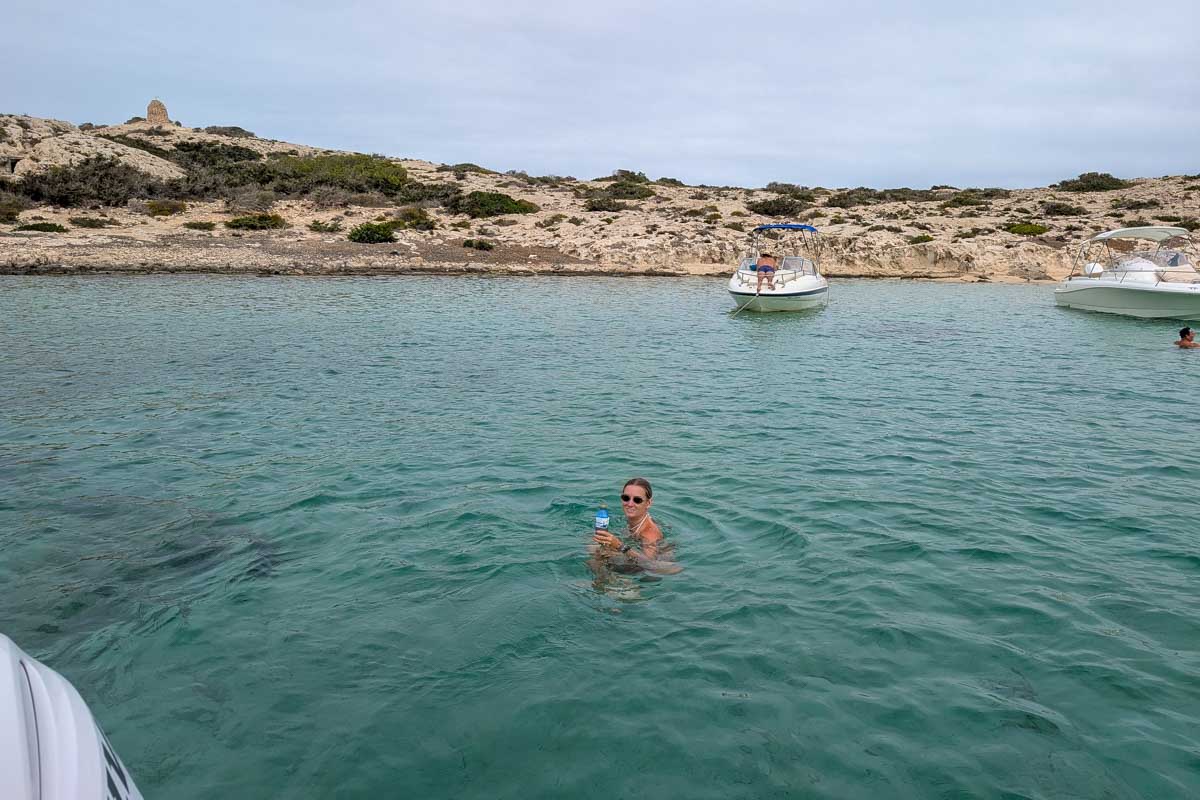
- Overview: One of the best months—warm, but not too crowded
- Best For: Mediterranean beaches, hiking, exploring cities
- Pros: Great weather, long sunny days, better prices than peak season
- Cons: Popular time among savvy travelers, so you will still get some crowds
- Events: Cannes Film Festival, Primavera Sound (Barcelona), Chelsea Flower Show (London)
As we mentioned earlier, May is one of our favorite months in Europe! It’s really a shoulder between spring and summer. It offers great weather without the peak-season chaos and accompanying high prices. The days are long and sunny, flowers are still in bloom, and temperatures across much of the continent are ideal for everything from hiking to sightseeing.
It’s also the perfect time for early-season beach escapes along the Mediterranean, before the summer heat and crowds roll in. And with major events like the Cannes Film Festival and Primavera Sound in Barcelona, culture and music lovers will find plenty to enjoy!
May is especially appealing to active travelers, couples, and anyone looking to avoid the stress (and expense) of summer travel. Just keep in mind that it’s a popular time among those in the know, so it’s still worth booking ahead if you’re heading to a hotspot.
Summer (June to August)

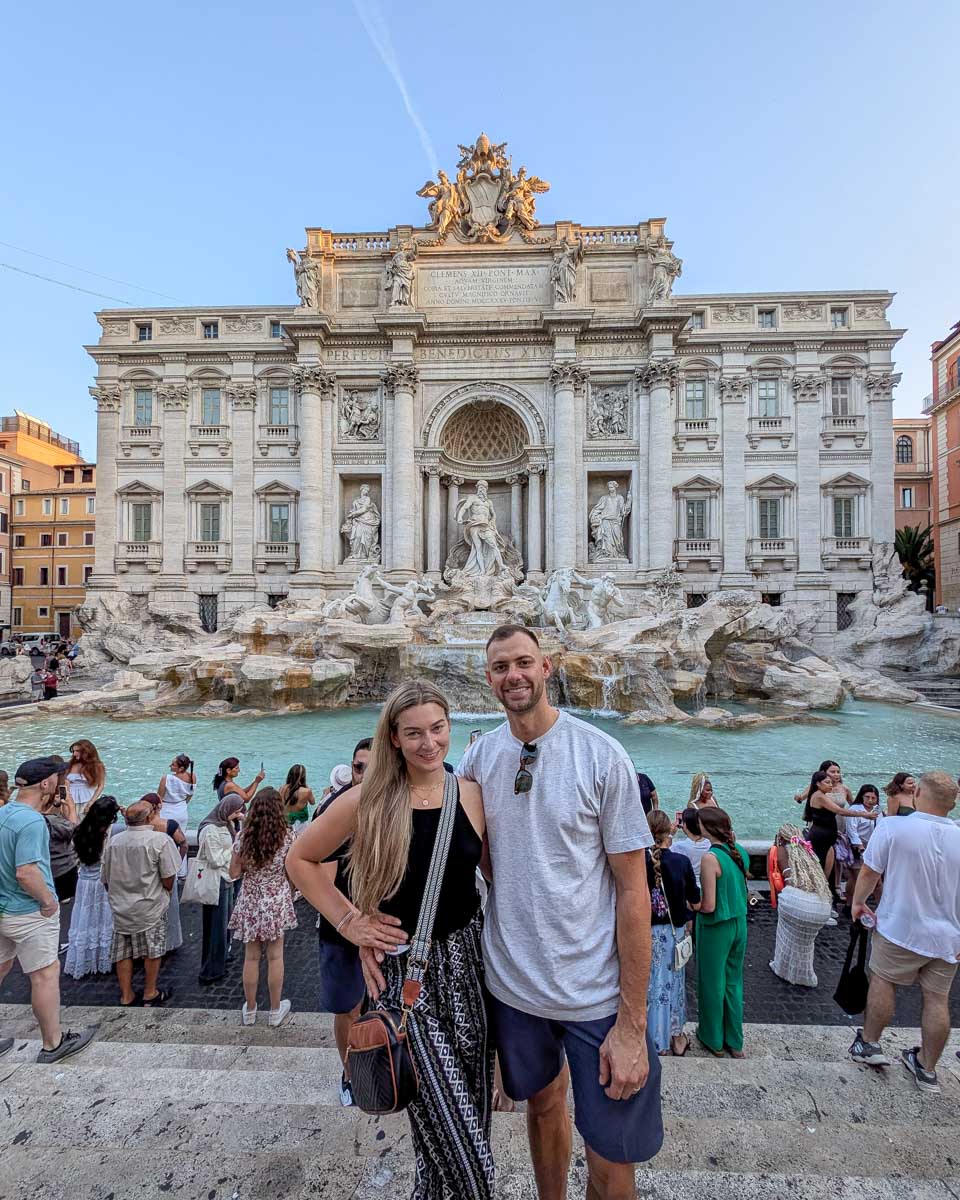
Summer is the peak travel season in Europe, and for good reason! It’s when the continent is at its warmest, sunniest, and most alive. The daylight hours are long, the cities are buzzing, and festivals are happening just about everywhere.
June through August is also the best time to explore Northern Europe and the Alps or Dolomites, where the weather is warm but not overly hot, and outdoor activities are in full swing. From music festivals in the UK to island hopping in Croatia, summer is packed with opportunities to make the most of the season!
That said, you’ll definitely need to plan ahead. Popular cities like Paris, Rome, and Barcelona are extremely crowded, and beachy areas see a big boom. Prices for flights and hotels spike, especially during school holidays, which are generally in July and August.
And do be aware that southern Europe can be scorchingly hot, with temperatures often soaring above 40°C (104°F). Some locals even leave town for their own vacations, which means occasional business closures!
Still, summer is when you’ll see Europe at its liveliest. You’ll need to book early and pay higher prices, but the trade-off is unforgettable energy, vibrant events, and long, golden evenings that are perfect for al fresco dining.
June

- Overview: Start of summer, but not as crowded or hot as July and August
- Best For: Coastal vacations, countryside escapes, early summer festivals
- Pros: Long daylight hours, all attractions open, warm but pleasant weather
- Cons: Prices and crowds are beginning to rise
- Events: Midsummer (Scandinavia), San Juan Festival (Spain), Glastonbury Festival (UK), Art Basel (Switzerland)
June is the perfect month for travelers who want all the perks of summer without the full-on chaos of peak season. As a general rule, schools in Europe don’t tend to break up for holidays until July, so flights tend to be cheaper and attractions are less crowded, but there’s still a fun buzz.
We’ve also found that June is a great time for exploring Europe’s festive side. There are a lot of major events going on, like Glastonbury in the UK and Midsummer celebrations in Scandinavia, lighting up the calendar.
The temperatures are ideal for both sightseeing and outdoor adventures, and just about everything is open from restaurants and beach clubs to museums and hiking trails. While crowds and prices are beginning to rise, it’s still generally more manageable than July or August—especially early June!
Whether you’re sipping rosé in Provence or swimming in the Adriatic, June offers that dreamy early summer vibe without the sweltering heat or shoulder-to-shoulder crowds. Just book your key accommodations and tickets early because it’s still a popular time.
July

- Overview: Peak summer across Europe with the hottest weather and biggest crowds
- Best For: Beach holidays, exploring northern Europe, mountain escapes
- Pros: Buzzing atmosphere, long days, great beach weather, and music festivals.
- Cons: Extreme heat in southern cities, high prices, and very crowded (especially cities like Rome and Paris)
- Events: Running of the Bulls (Pamplona), Montreux Jazz Festival (Switzerland), Tomorrowland (Belgium)
July is for travelers who want to experience Europe in full summer swing. This is when the continent is hot, lively, and packed with energy. It’s the peak of the season, and everything is in motion, from beach parties and island hopping in the Mediterranean to hiking and lakeside escapes in the Alps or Scandinavia!
Northern Europe is especially appealing this time of year, with its mild weather, long daylight hours, and a festive mood. So if you thrive in a buzzing atmosphere and don’t mind the crowds, July can be an incredible time to visit. It’s also prime time for music festivals and cultural events, like Belgium’s Tomorrowland, the Montreux Jazz Festival in Switzerland, and the Running of the Bulls in Pamplona.
Just be prepared. Southern Europe gets very hot in July, which can be great if you’re at the beach, but perhaps a bit overwhelming if you’re exploring a city or inland area. Major cities like Rome, Paris, and Barcelona can also become very crowded, which also means that flight and accommodation prices climb to their highest.
But still, July is popular for a reason. It’s definitely best for sun-chasers, festival lovers, and travelers who are happy to plan ahead.
August

- Overview: Peak of the summer holiday season, still hot and pricey, many locals take vacations during this time
- Best For: Coastal escapes, island hopping, exploring northern cities and high-altitude spots
- Pros: Warm seas, lively summer vibes, many cultural events and festivals
- Cons: Locals taking vacations can mean some business closures, extreme heat in the South, high tourist density, and expensive
- Events: La Tomatina (Spain), Edinburgh Fringe Festival (Scotland), Sziget Festival (Budapest), Assumption Day (across Catholic Europe).
August is the peak holiday season across Europe, as schools are off! Much like July, it’s the time of year for late nights, lively crowds, and coastal escapes.
Northern cities and alpine regions are also at their best in August. They offer cooler temperatures than you’ll find in the south, although it can still get very warm!
That said, August comes with trade-offs. Prices for flights and hotels are high, and popular destinations can be packed. In many parts of Southern Europe, locals go on vacation in August, which can lead to reduced services or business closures in smaller towns.
August is ideal for beachgoers and anyone craving a high-energy summer vibe. Just be prepared for the heat, especially in places like Seville, Athens, or Rome, where temperatures often soar, and remember that advance planning is essential.
Autumn (September to November)
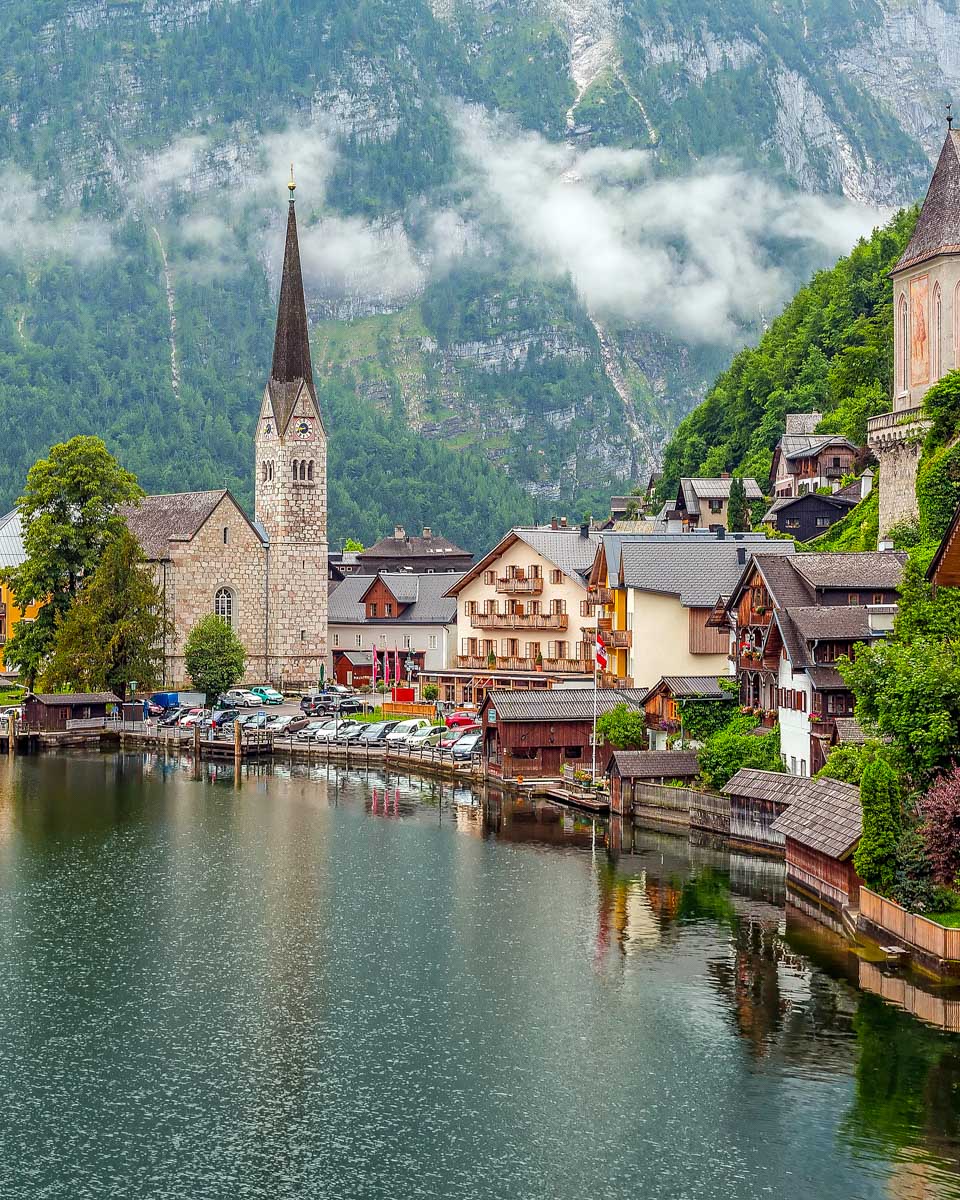

Autumn is the second shoulder season in Europe. It’s when calm returns after the summer rush, but the weather is still pleasant. We especially enjoy traveling in September, when the days are often warm enough to hit the beach, but comfortable for activities like sightseeing and wine tasting. At the same time, prices drop and crowds thin out, so it’s much easier to explore popular destinations without the chaos of peak season.
Then, as the weeks go on, fall colors begin to paint the landscapes of Central and Eastern Europe, turning places like Bavaria, the Alps, and Transylvania into picture-perfect backdrops. Autumn is also a great time for food and wine lovers, as harvest festivals and seasonal markets pop up throughout France, Italy, and beyond.
However, the weather does become more unpredictable as November arrives, especially in the north and west. The daylight hours also start to shrink, while certain tourist attractions and coastal services begin to wind down. Still, if you’re not a beachgoer and prefer cooler weather and fewer crowds, autumn is the perfect time to enjoy the culture and scenery of Europe.
September

- Overview: Summer holidays end, days are still warm, but there are fewer crowds
- Best For: Mediterranean beaches, wine regions (Italy and France), and exploring historic cities without peak crowds
- Pros: Fewer tourists, warm temperatures, harvest season
- Cons: Some summer services begin to wind down, especially in beach towns
- Events: Oktoberfest begins (Munich), grape harvest festivals (Italy & France), Regata Storica (Venice)
September is a dreamy month for travelers who want the feel of summer without the overwhelming crowds. The weather is still warm across much of Europe, especially in southern destinations like Greece, Italy, and Spain, where you can squeeze in a beach trip or coastal getaway. It’s also the start of the grape harvest season, making this a perfect time to explore wine regions in Italy and France—cheers!
We also love city hopping in September because everywhere starts to feel more relaxed, and prices begin to drop accordingly. You get cheaper flights and hotels, and fewer crowds, while still enjoying long days and plenty of sunshine—seriously, what’s not to love?
Oh, and who could forget about Oktoberfest, which, despite its name, begins the penultimate week of September. The original festival takes place in Munich, but there are celebrations in many cities to enjoy!
October
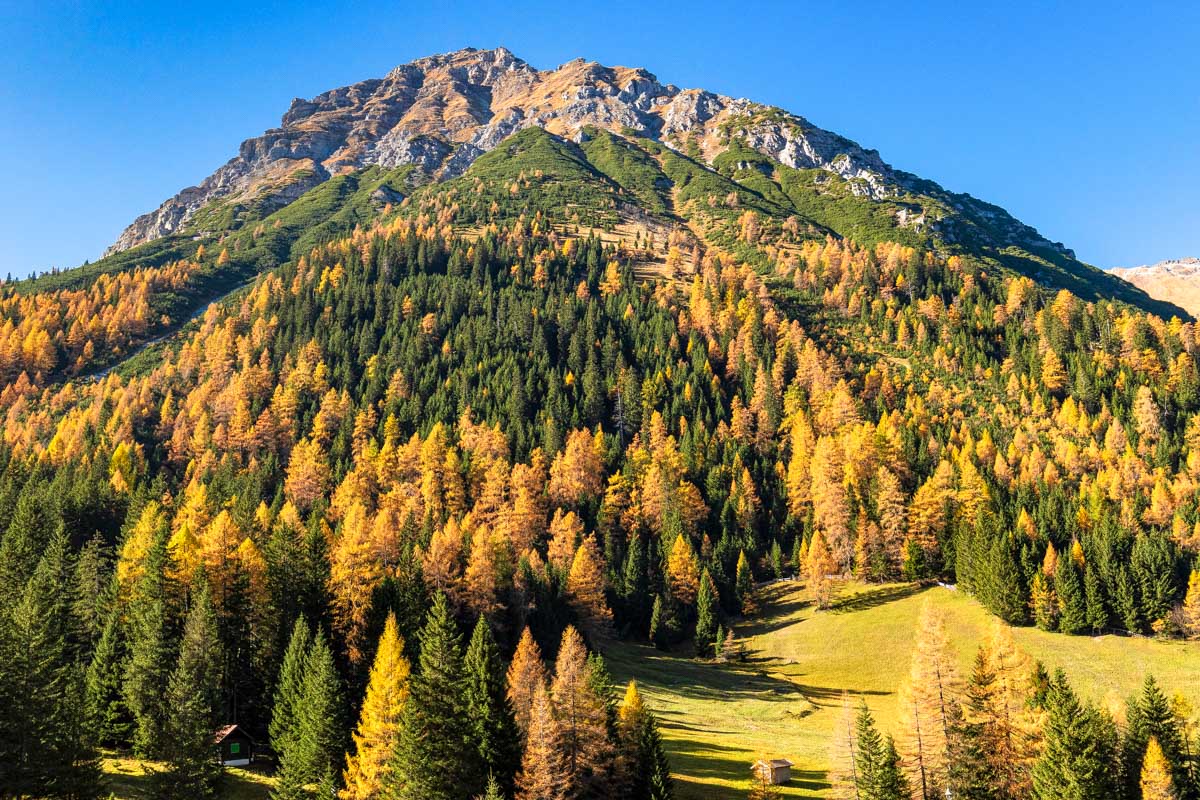
- Overview: Autumn colors, cultural events, and cozy weather
- Best For: Fall foliage (Bavaria, the Alps), calm city getaways, and scenic countryside.
- Pros: Crisp air, shoulder season prices, and less crowded museums and attractions.
- Cons: Cooler temps and shorter days, some destinations begin to shut down seasonal operations, rainy spells in Northern and Western Europe
- Events: Alba Truffle Festival (Italy), final weeks of Oktoberfest (Munich), Halloween in Transylvania
October is a great month for travelers who enjoy cooler weather, colorful scenery, and cultural experiences without the summer chaos. It’s one of the best times to see autumn foliage, especially in places like Bavaria, the Alps, and much of Central and Eastern Europe. The leaves start to turn golden, and the crisp air really makes those mountain rambles much more enjoyable!
We think this is a great time for city breaks. Museums and attractions are quieter, and shoulder season pricing makes things a bit more budget-friendly. And as foodies, we also love October because we get to enjoy truffles, wine, and harvest produce.
That said, cooler temperatures and shorter days are setting in, and some rural or coastal destinations start to close up for the season. October is a bit late for a beach vacay, but a lovely month for cultural immersion, sightseeing, and inland adventures.
November
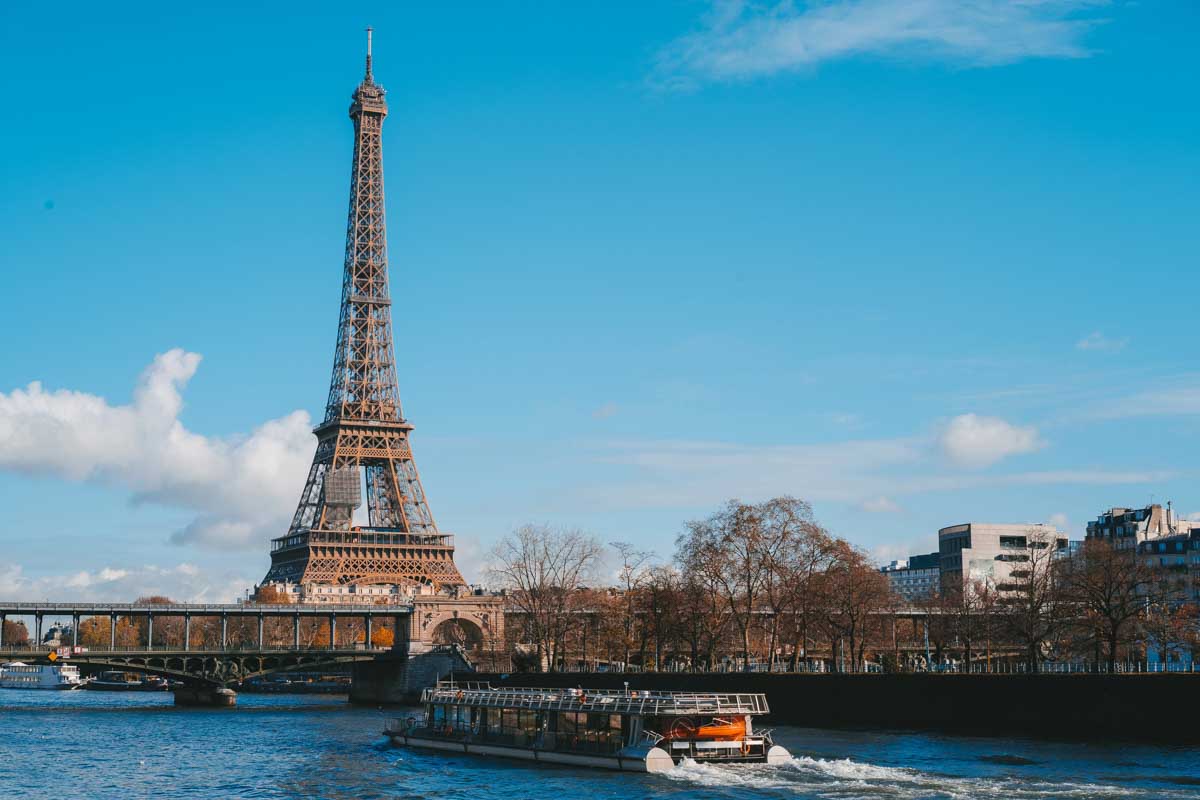
- Overview: Start of the off-season with quieter destinations and lower prices
- Best For: Budget-friendly travellers, early winter ambiance, cozy cafe & museum culture (especially in Amsterdam, Paris, and Berlin)
- Pros: Cheap time to travel, local vibes, fewer crowds
- Cons: Short days, gloomy weather, limited outdoor activities
- Events: Bonfire Night (UK), All Saints’ Day (Europe-wide), early Christmas market openings in Germany and Austria
November is the tail end of autumn, and it can be a great time to travel if you enjoy cooler weather. For one thing, it’s a budget-friendly time to explore Europe. Demand for flights and accommodation drops significantly, making this a good (and affordable) time for spontaneous city breaks!
By November, the summer crowds are long gone, but the busy festive season hasn’t quite yet arrived, so it’s a great month for soaking up a slower, more local vibe in big, popular cities like Amsterdam, Paris, and Berlin.
Christmas lights and decorations often appear during November, though, so you can still enjoy them before the festive crowds roll in! In northern and central Europe, some Christmas markets begin to open toward the end of the month. And if you’re in the UK, Bonfire Night celebrations can be a lot of fun.
On the flip side, days are short and the weather can be gloomy. The trees are usually orange and brown by this point, which can be very pretty in the sunshine, but sunny days are definitely fewer and further between. It’s not the ideal time of year if you’re an outdoor adventurer, but if you’re most interested in cafes, museums, and culture, then November really delivers!
Winter (December to February)
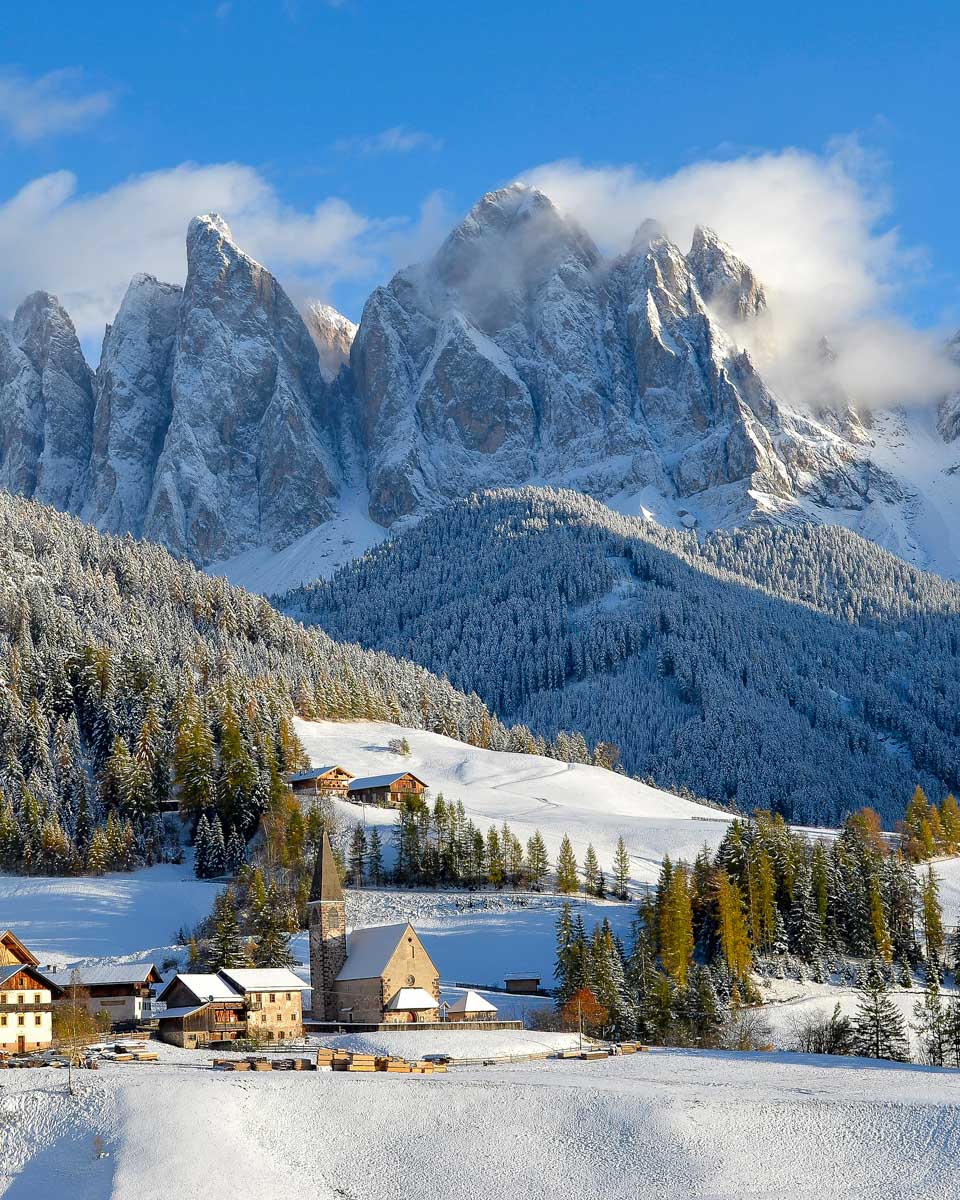

Winter in Europe brings a completely different vibe, and for the right kind of traveler, it can be one of the most rewarding times to visit. Outside of the holiday weeks, it’s the low season, which means far fewer crowds and some of the best deals you’ll find all year on flights and accommodation. Cities take on a magical charm with twinkling lights and festive markets, and mountain towns come alive with ski season in full swing.
It’s a great time for cozy, indoor-focused trips centered around art museums, cafés, restaurants, and cultural experiences. Northern Europe offers your best chance at spotting the northern lights, while the Alps and Dolomites are top choices for snow sports and scenic winter escapes.
That said, days are short and temperatures drop, especially in Northern and Eastern Europe. Some attractions, ferries, and hiking trails shut down for the season, and transportation can be impacted by snow or bad weather.
And while December brings plenty of holiday cheer, the Christmas and New Year period is busy and expensive, so booking early is a must. Still, on the whole, if you’re after atmosphere, affordability, and don’t mind bundling up, winter in Europe can be truly unforgettable.
December
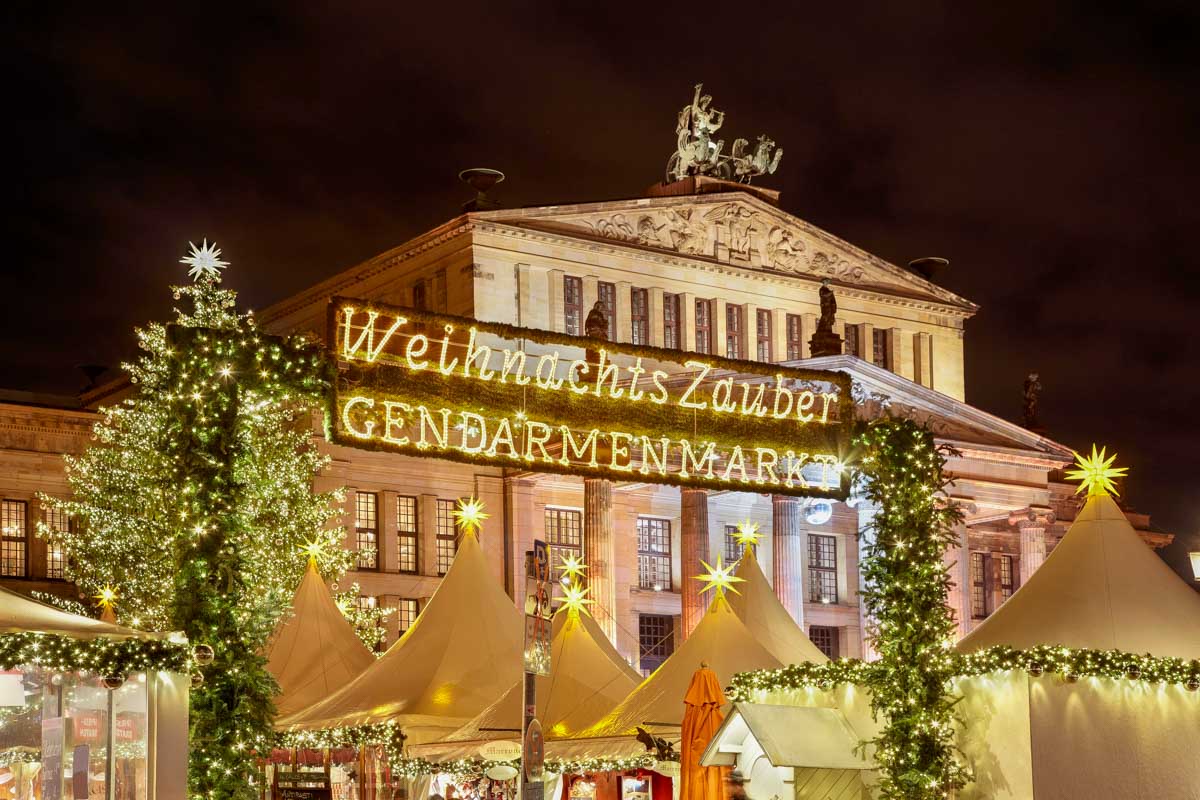
- Overview: Many festive events and holiday spirit, some regions see snow, and the ski resorts open
- Best For: Christmas markets, ski getaways, and snowy escapes
- Pros: Cozy ambiance, holiday spirit, snowy landscapes
- Cons: High prices near Christmas and New Year’s, cold weather in most places
- Events: Christmas markets (Germany, Austria, Czech Republic), St. Lucia (Scandinavia), New Year’s Eve in major cities.
December is perfect for travelers who love festive charm and winter wonderlands. Big cities and small towns alike are lit up with holiday lights, and Europe’s famous Christmas markets bring a cozy, cheerful atmosphere. We just love shopping around for mulled wine, handmade gifts, and seasonal treats.
This is also the start of ski season, so if you’re into snow sports or just want a snowy mountain escape, this is a great time to hit the Alps or Pyrenees. But you don’t have to be a snowbird to enjoy winter in Europe. It’s great for anyone who’s into culture and ambiance more than beaches and warm weather!
However, December is more expensive than January and February because the weeks around Christmas and New Year’s are busy and expensive. Booking your flights and hotels in advance is a must, and you’ll need to make restaurant reservations for most reputable places, too.
January

- Overview: Coldest and quietest travel month, but great for winter sports
- Best For: Ski and snowboard trips, northern lights in the Nordic region, budget-friendly city trips
- Pros: Cheap flights and accommodation, fewer tourists, crisp/mild weather for exploring the Southern cities
- Cons: Very cold with limited daylight in northern regions
- Events: New Year’s Day, Up Helly Aa (Scotland), Epiphany celebrations
January is perfect for travelers who don’t mind the cold and are looking for a quieter, budget-friendly trip. It’s the coldest month of the year across much of Europe, but also one of the most peaceful. Skiers and snowboarders will love this time, with the Alps, Pyrenees, and Dolomites offering great snow and a lively après-ski scene. If you’ve ever wanted to chase the northern lights, this is one of your best chances!
In Southern Europe, cities like Lisbon, Seville, and Athens stay relatively mild, making it a nice time to explore without the usual tourist crowds. We’ve found that January can be a great month for long museum days, quiet walks through historic neighborhoods, and snagging last-minute hotel deals. Just be ready for short days, chilly weather, and the occasional business closure, especially in smaller towns.
February

- Overview: Cold weather, but festive with Carnival celebrations, and romantic Valentine’s Day vibes
- Best For: Venice Carnival, skiing/snowboarding, romantic Valentine’s Day getaways (especially in Paris, Rome, and Budapest)
- Pros: Unique winter festivities, ideal skiing conditions, affordable
- Cons: Still cold and dark, limited outdoor sightseeing in many areas.
- Events: Carnival (Venice, Cologne, Nice), Valentine’s Day, Fasnacht (Switzerland)
February is still cold across most of Europe, and we think it’s a great time to enjoy a budget city break. Airfare and hotels are generally cheaper (outside Carnival hotspots), and popular landmarks are blissfully crowd-free. That said, the short days and chilly weather can limit how much time you’ll want to spend outdoors, especially in Northern and Eastern Europe.
But February is also when Carnival happens, so you can head to cities like Venice or Cologne to enjoy the unique and vibrant celebrations! It’s also still ski season up in the mountains, while the streets are pretty quiet, so city sightseeing is easy.
We have had some great times visiting places like Vienna and Budapest in February. You can spend your morning exploring cafés and quiet museums, then spend the afternoon at a thermal bath or sipping red wine in a cozy bar.
Best Time to Visit by Region


Europe’s climate varies a lot by region, so the best time to visit really depends on where you’re going. While we’re partial to the shoulder months in general, the ideal months can shift depending on whether you’re headed to a Mediterranean beach, a Nordic fjord, or an Alpine village.
For example, Southern Europe tends to have long, hot summers and mild winters, while Northern Europe experiences cooler temperatures year-round with dramatic seasonal shifts in daylight. Central regions like Germany or Austria offer beautiful spring and autumn landscapes, while Eastern Europe is often at its best in the warmer months, with lower prices and fewer crowds. Below, we’ve broken down the best times to visit each part of Europe to help you plan based on the weather, activities, and atmosphere you’re after.
Related Read: Check out our Best Places to Visit in Europe blog for a comprehensive list of the top cities, including some of our favorite activities!
Southern Europe


- Countries: Spain, Italy, Greece, Portugal, Croatia, Southern France
- Best time: April to June and September to October
- Why: Warm and sunny, but not overwhelmingly hot; perfect for beaches, cities, and cultural festivals
- Alternative time: November to March for fewer crowds and lower prices—especially great for exploring historic cities
If you’re dreaming of sunshine, seaside towns, and lazy outdoor lunches, Southern Europe is best visited in spring or early fall. From April to June and September to October, temperatures are warm but not too hot, making it a great time for both beach days and city sightseeing.
This part of Europe can be scorching in midsummer, especially inland, so the shoulder seasons offer a much more comfortable travel experience. It’s also when festivals come alive, wildflowers bloom, and crowds aren’t quite so intense.
If you’re on a tighter budget, November to March can still be a great time to visit, especially for exploring cities like Rome, Lisbon, or Athens. While the weather may be cooler and some island destinations quieter, you’ll have museums and historic landmarks largely to yourself, which would never happen during the summer!
Northern Europe


- Countries: Norway, Sweden, Finland, Denmark, Iceland, Ireland, United Kingdom
- Best time: May to September
- Why: Long days, mild weather, ideal for road trips, and nature escapes
- Alternative time: Northern lights viewing from November to March in Iceland, Norway, and Finnish Lapland
Northern Europe shines from May to September, when the weather is warm and the days are long. It’s a wonderful time of year for road trips, hiking, and exploring cities on foot.
In June and July, the Midnight Sun is a surreal experience in places like Iceland and northern Norway, where it never gets completely dark! And summer in Scandinavia also brings lots of fun festivals and events, since they really need to make the most of those long daylight hours. Meanwhile, in Ireland and the UK, there are lots of music festivals to enjoy.
However, if you’re chasing the Northern Lights rather than the Midnight Sun, then the best time to visit is between November and March. Countries like Iceland, Norway, and Finland offer unforgettable winter experiences, from skiing to aurora viewing, as long as you don’t mind the limited daylight and cold weather.
Western Europe


- Countries: France, Belgium, Netherlands, Luxembourg, Germany, Austria, Switzerland
- Best time: April to June and September to October
- Why: Ideal for cities, vineyards, alpine hikes, and cultural events without summer crowds
- Alternative time: December for magical Christmas markets in Germany, Austria, and France; and January to March for skiing in the Alps
Western Europe is at its best in spring and fall! April to June and September to October offer that sweet spot of pleasant weather, fewer crowds, and vibrant cultural life. This is when we head to cities like Paris, Amsterdam, and Vienna to enjoy either the spring blooms or the autumn foliage.
If you’re into wine tasting or hiking, late summer and early autumn are ideal, especially in regions like the Loire Valley or the Austrian Alps. These seasons are also great for museum visits, day trips, and soaking up the café culture without the chaos of peak summer.
That said, winter has its perks too, especially in December, when towns across Germany, Austria, and France transform into storybook Christmas markets. And if you’re a skier, January through March is prime time for hitting the slopes in the Alps.
Eastern Europe
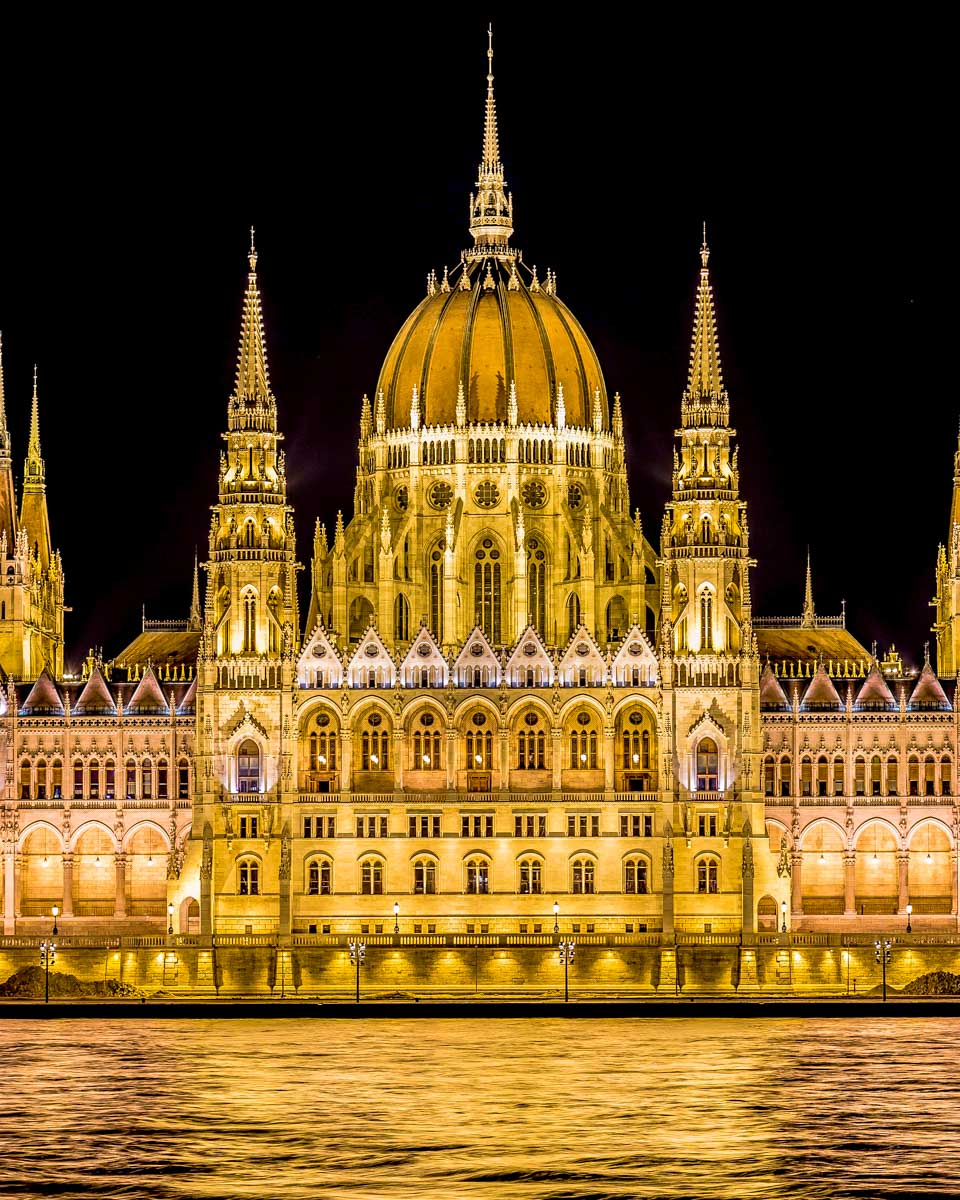
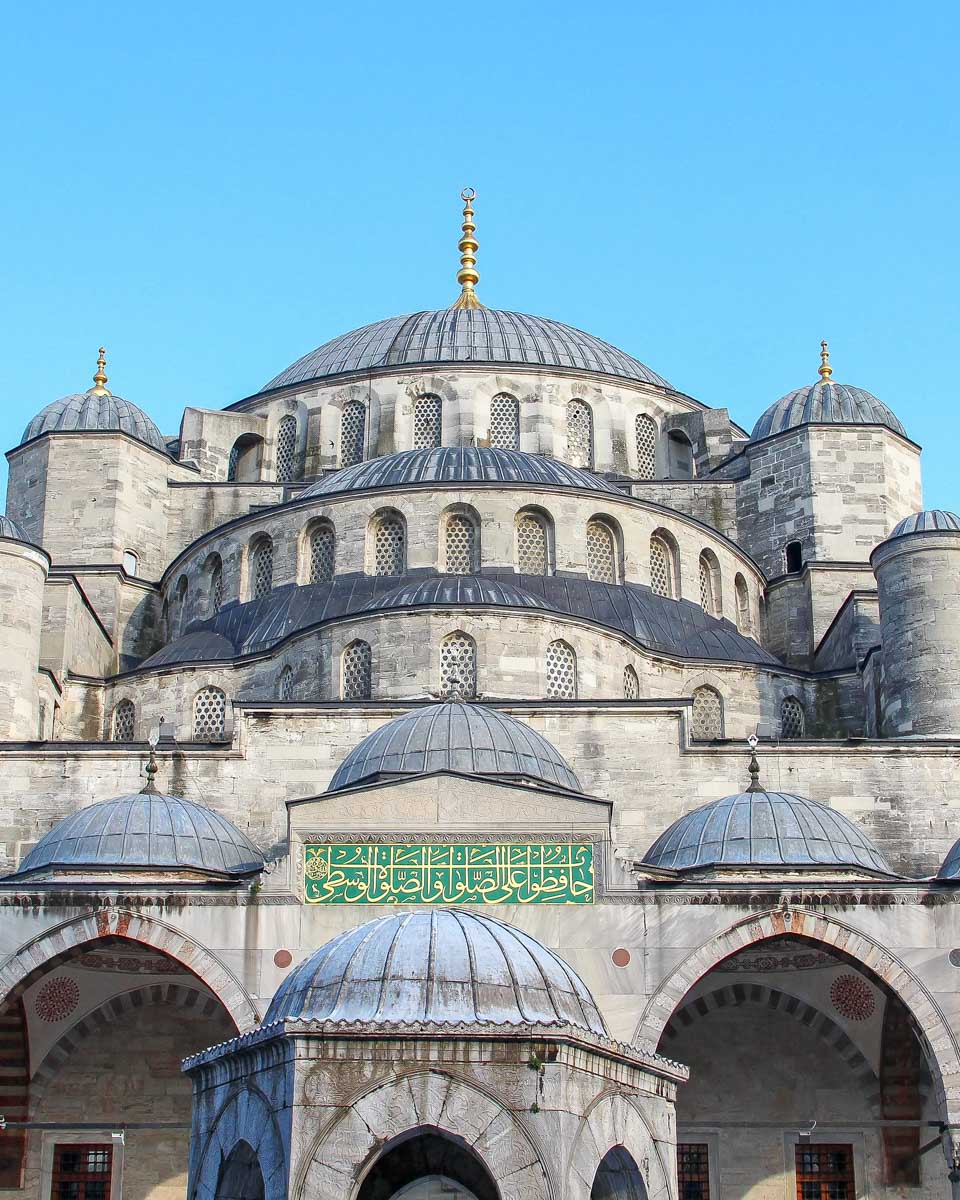
- Countries: Hungary, Czech Republic, Bulgaria, Turkey, Poland, Romania
- Best time: May to September
- Why: Warm and vibrant with fewer crowds and lower costs than Western Europe; great mix of culture, nature, and festivals
- Spring/Fall perks: Cities like Prague, Budapest, and Istanbul are especially pleasant in the shoulder seasons
- Alternative time: December for Christmas markets in Kraków and Prague; and winter for skiing in Bulgaria and Romania
Eastern Europe tends to fly a bit under the radar, but it’s a fantastic region to visit, especially between May and September. During these months, the weather is warm and the atmosphere is lively, with lots of outdoor festivals, music events, and food markets.
Cities like Budapest, Prague, and Istanbul come alive with culture and street life, and it’s easy to combine urban adventures with trips to the countryside or coast. We’ve also found that prices in this region are generally lower than in Western Europe, so this is an appealing option for budget-conscious travelers.
We think that spring and fall are especially lovely for sightseeing, thanks to comfortable temperatures and fewer tourists. But don’t rule out a winter escape, either. Prague and Krakow, in particular, are magical in December with their Christmas markets. Meanwhile, Romania and Bulgaria offer incredible skiing without the sky-high prices you’ll find in France, Austria, and Switzerland.
Things to Consider When Choosing When to Visit
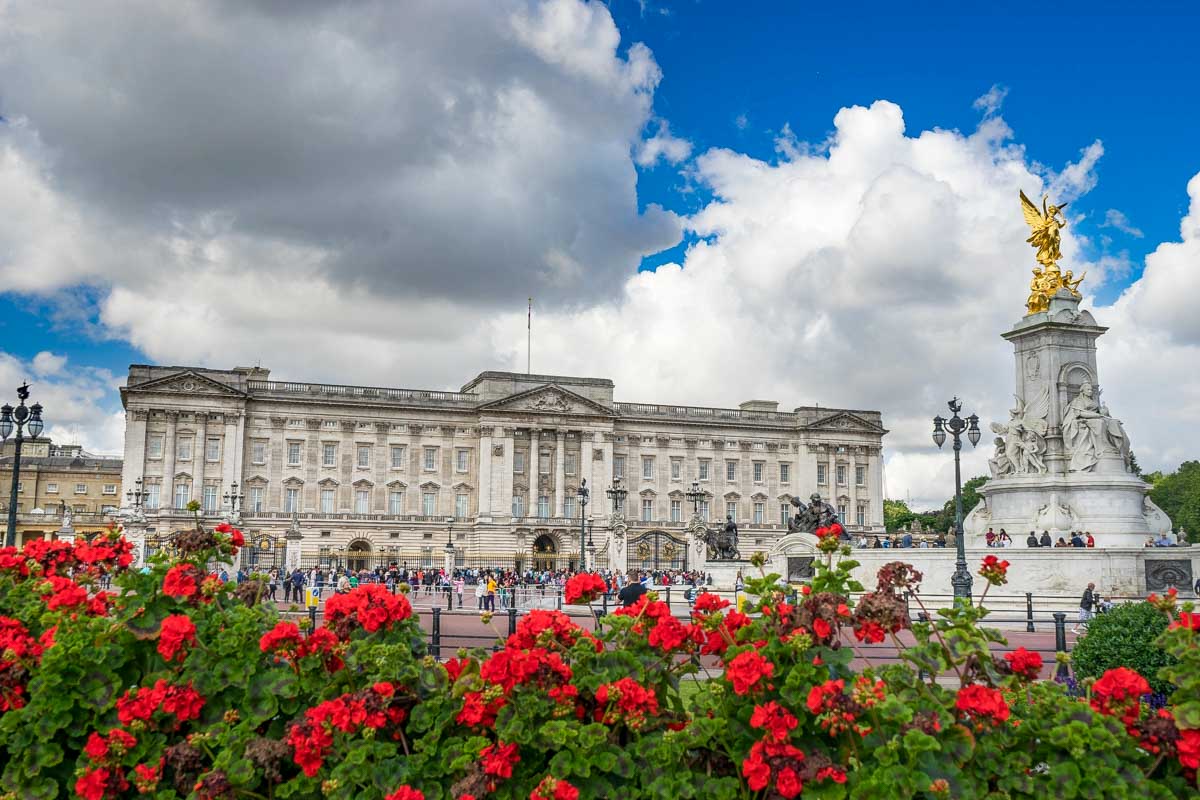
While weather and crowds are major factors, there are a few other things that can help you decide the best time to plan your Europe trip. It’s important to think about what kind of vacation you want when considering the timing. And of course, your travel style, budget, and flexibility also come into play. Below, we’ve broken down some of the most popular travel goals to help you pick the best season for your ideal itinerary.
What type of activities do you want to do?

The best time to visit Europe can look very different depending on what you’re hoping to do. Beach days, mountain adventures, and cultural city breaks each shine during different months.
You should also bear in mind that where you go matters just as much as when! For example, the best time for a Mediterranean beach vacation won’t be the same as a cultural city break. So to save you time, we’ve listed a few common types of trips below, and added our notes on the best months for each.
Related Read: Another thing to consider is transportation! Read our guide on How to Get Around Europe for our complete overview of transport.
Beach holidays in the Mediterranean
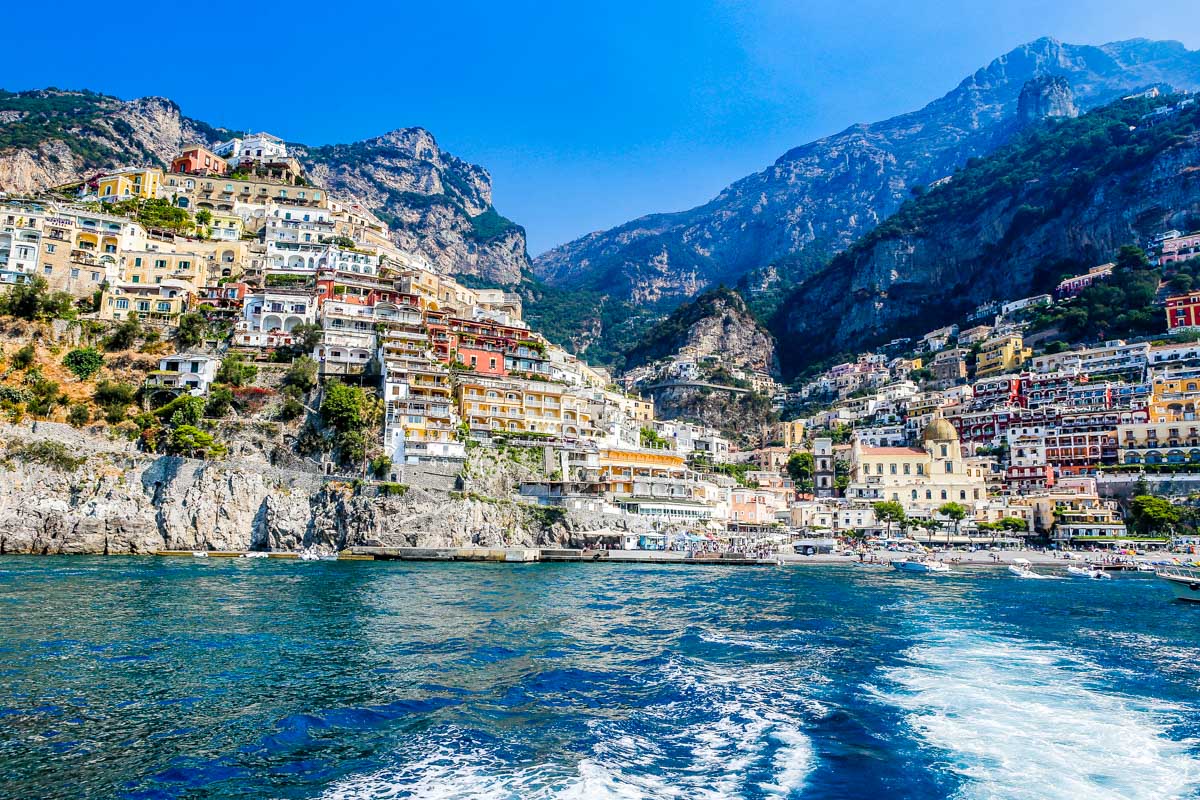
If you’re dreaming of beach time in Southern Europe, plan your trip between May and September! This is when the weather is reliably warm, the water’s perfect for swimming, and seaside towns are in full swing.
July and August are the hottest and busiest months, with buzzing beach clubs, packed coastal towns, and vibrant nightlife. However, if you’re looking for a more relaxed vibe, May, early June, and September offer a more relaxed vibe and more manageable temperatures. Top spots include Spain’s Costa Brava, Italy’s Amalfi Coast, the Greek islands, Croatia’s Dalmatian coast, and the French Riviera.
Skiing & snowboarding

Europe has some of the best ski resorts in the world. Trust me, if you’re into snow sports, you can’t pass up the chance to spend winter in Europe! The season typically runs from December through March, with the best snow conditions and busiest slopes in January and February.
Austria, France, Italy, and Switzerland are the top destinations, as they’re home to iconic mountain towns and well-connected ski areas. The resorts are festive and lively during the holiday season, but March often brings great weather, fewer crowds, and good snow at higher elevations.
City sightseeing
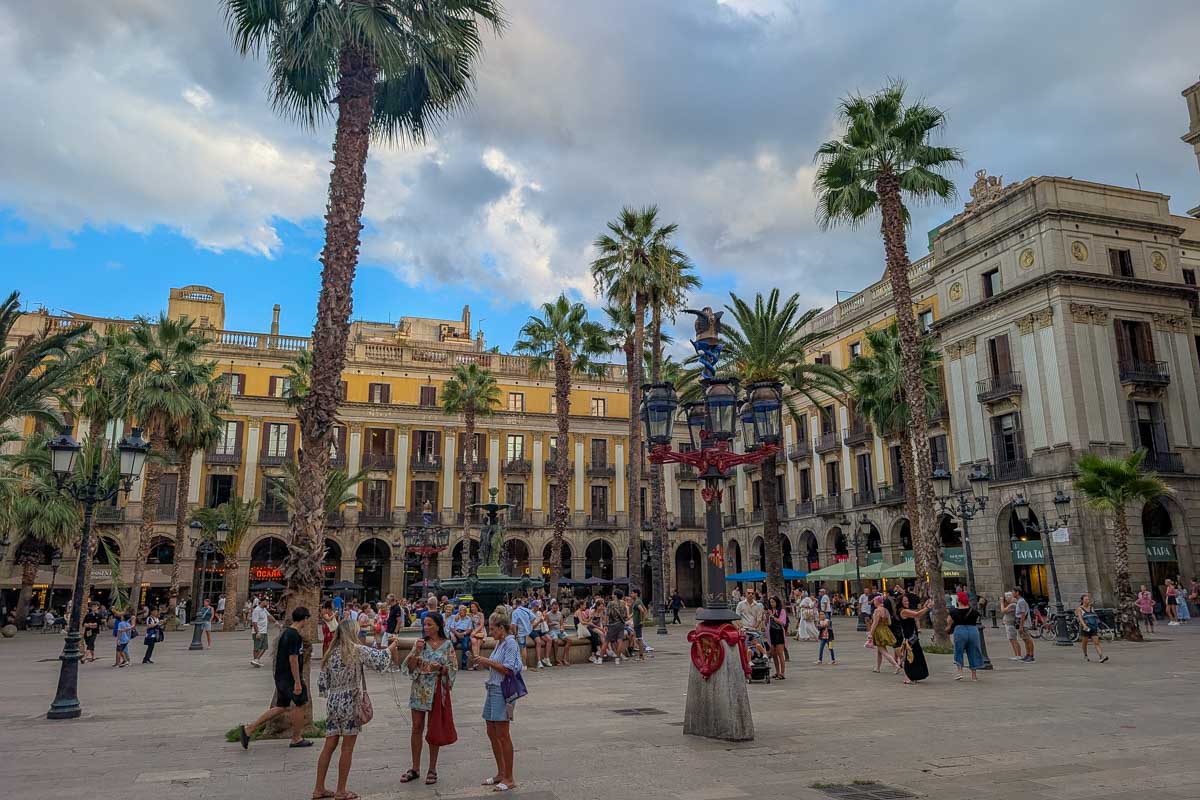
If you’re planning a European city break, the best times to go are spring and fall. During these seasons, the weather is mild and comfortable, so this is the ideal time to visit if you’re looking forward to long days of walking, sightseeing, and soaking up local culture.
Taking a city break in spring or fall also means that you’ll still enjoy nice weather while being able to visit landmarks, museums, and restaurants without the chaotic summer rush. Cities like Paris, Rome, Barcelona, Amsterdam, and Prague are especially lovely at this time of year. As a bonus, hotel rates tend to be more reasonable outside of the summer months, too.
Hiking & nature trips
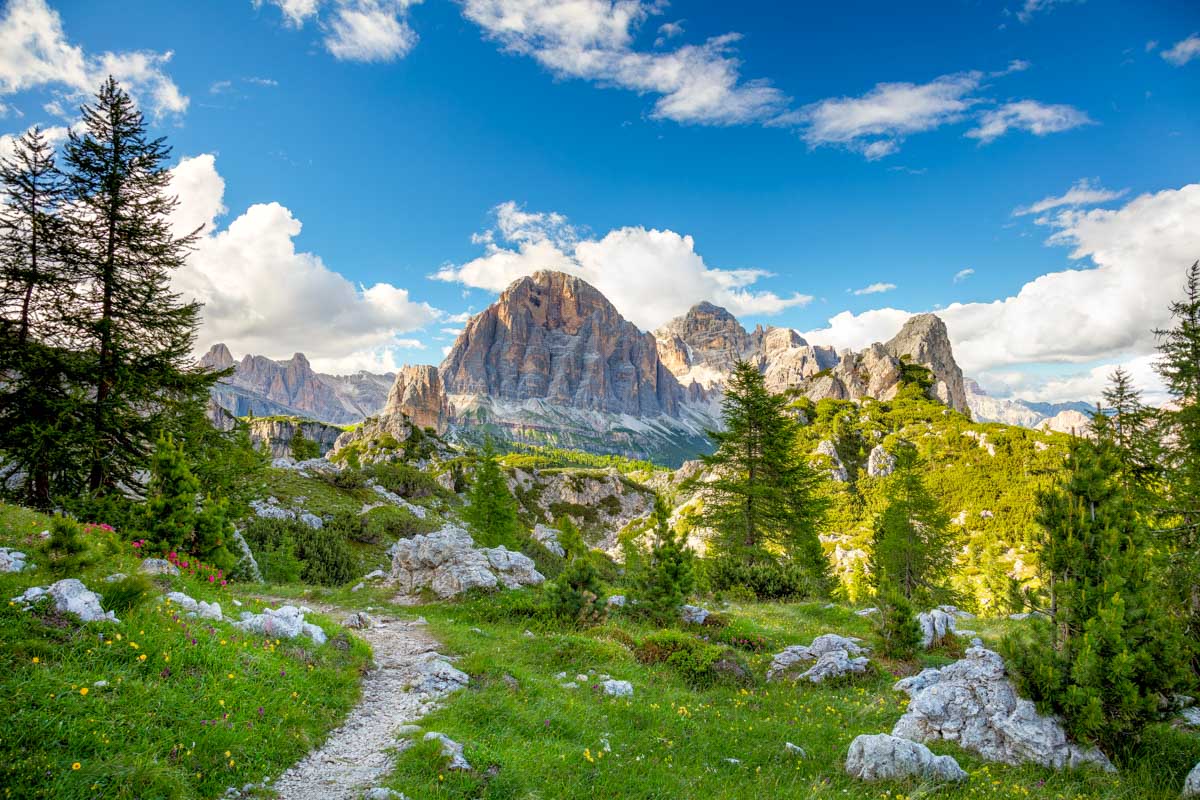
We’re outdoor lovers, and June through September is the sweet spot for hiking and nature adventures across Europe. This is when alpine trails are mostly snow-free, the weather is warm, and the days are long. In short, summer is the perfect time for getting into the mountains or exploring national parks!
The Alps and Dolomites are prime destinations, but you’ll also find stunning hikes in Scotland’s Highlands, Norway’s fjords, and Slovenia’s gorgeous lakes and valleys. Whether you’re after scenic day hikes or multi-day treks, summer gives you the best chance for good conditions, sweeping views, and fewer logistical hiccups, like closed trails or limited transport.
Festival hopping

Europe truly comes alive in the summer months with festivals of all kinds. From massive music events to quirky cultural celebrations, June through August is peak season for festival hopping!
Whether you want to dance all night at Sziget in Hungary, sing along at Glastonbury in the UK, or catch traditional celebrations in Spain and Scotland, there’s something for everyone. The weather is usually warm, and the vibe is high-energy, making it a great time to bounce between cities and events. Just be sure to book tickets and accommodation early because many festivals sell out well in advance.
Christmas markets & winter charm
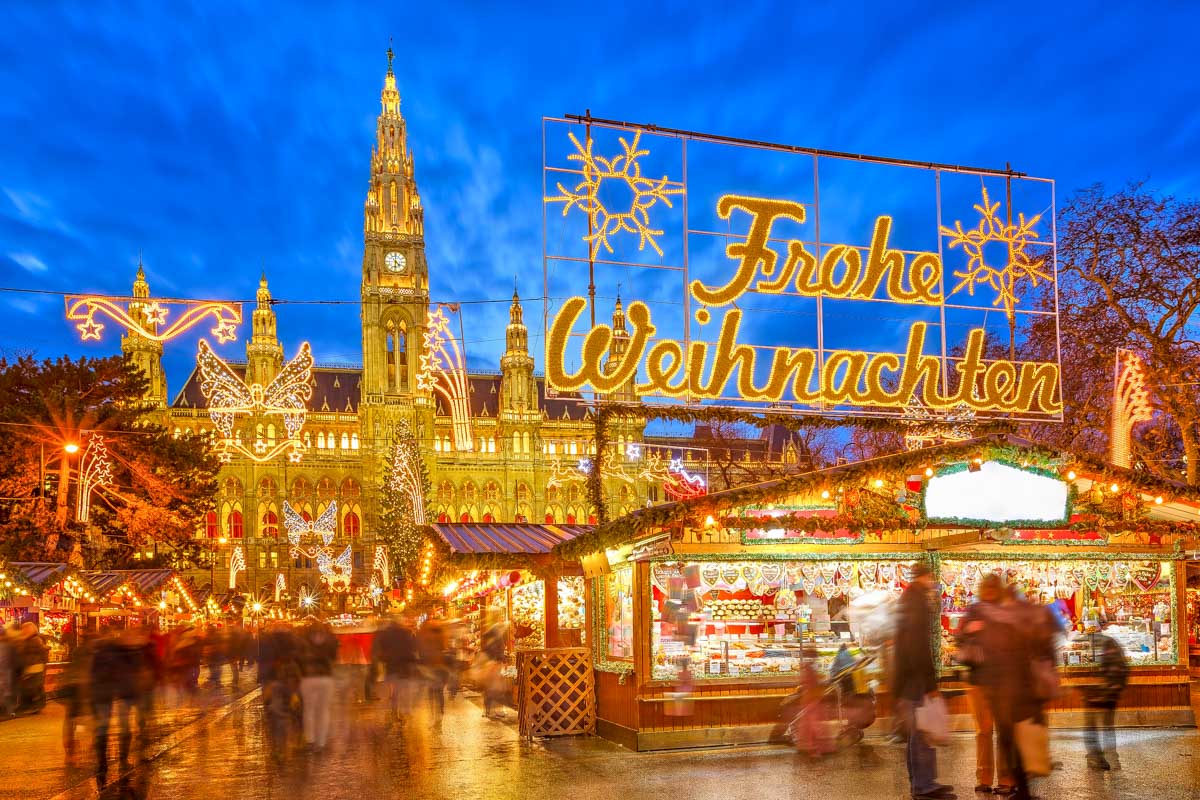
For a fairytale holiday vibe, Europe’s Christmas markets are hard to beat. Germany, Austria, Czechia, and France are home to some of the most magical markets that will make you feel like you’re living in a Christmas movie. Seeing the historic town squares transformed with twinkling lights and wooden stalls is an experience like no other!
Now, visiting Christmas markets can be expensive, as nearby accommodation prices tend to soar around the holidays. However, cities like Vilnius and Bratislava tend to have more affordable options.
What is your budget?
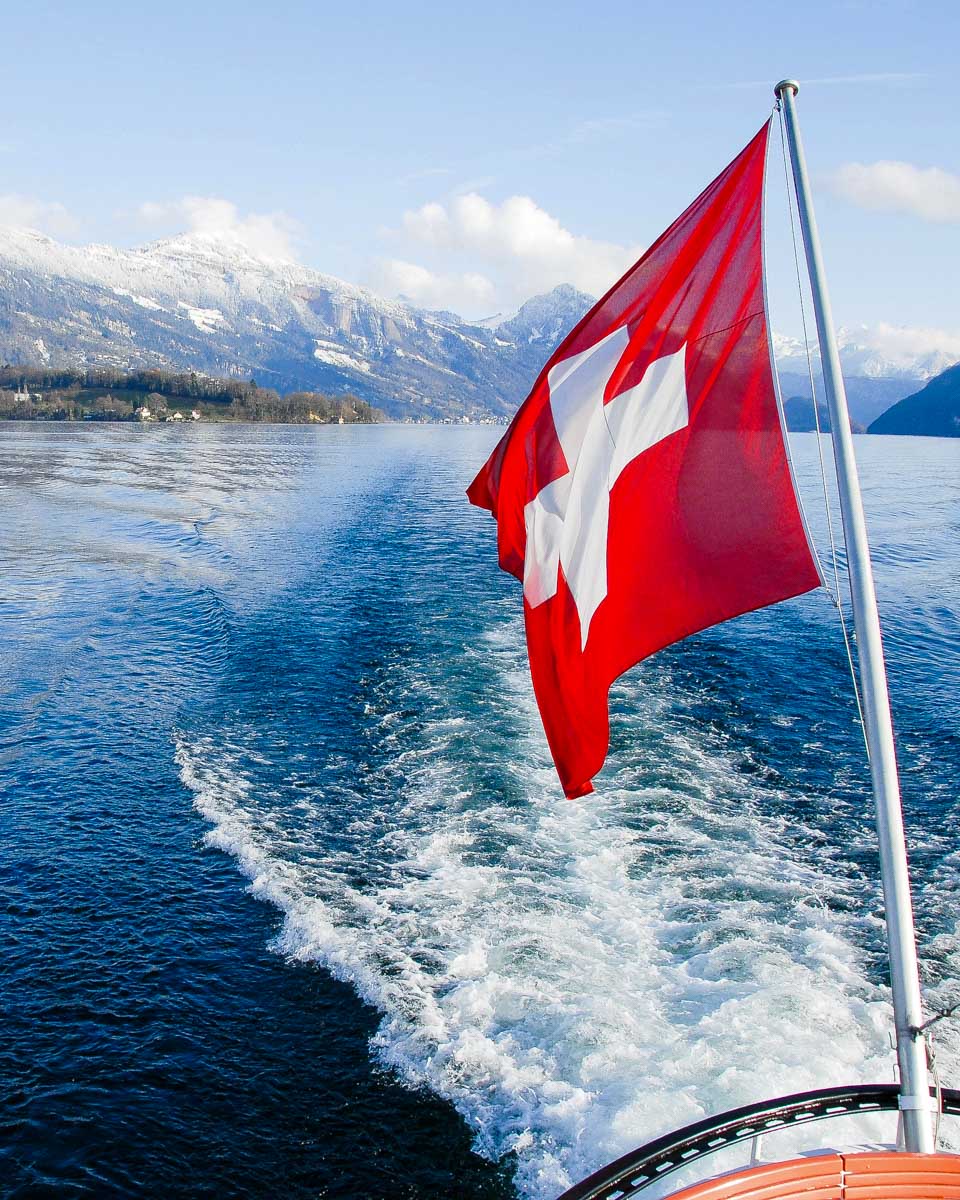

Your travel budget can play a big role in deciding when to visit Europe, as prices shift dramatically depending on the season. Summer is generally the most expensive time to go, especially in popular capital cities and beach destinations. This is when flights, hotels, and tours are all at their peak prices, and you’ll also need to book them well in advance to secure decent rates.
If you’re on a tighter budget, it’s definitely worth considering the shoulder seasons of April to May and September to October. Although we actually tend to choose the shoulder seasons for other reasons! May and September are our favorite months to travel because they’re much quieter than the peak summer months and still enjoy great weather, but the temperatures aren’t as sweltering.
For those traveling on a shoestring, winter is the most affordable time to visit. Saying that, the weeks around Christmas and New Year can be busy and expensive, but November is quiet, and so are January, February, and March. This means cheaper hotels and more breathing room at museums and restaurants!
Winter is an ideal time for budget city breaks or off-season exploring. Just keep in mind that weather can be unpredictable, and some attractions may be closed or operate on reduced schedules. Still, the savings can make it totally worth it!
Do you mind crowds?
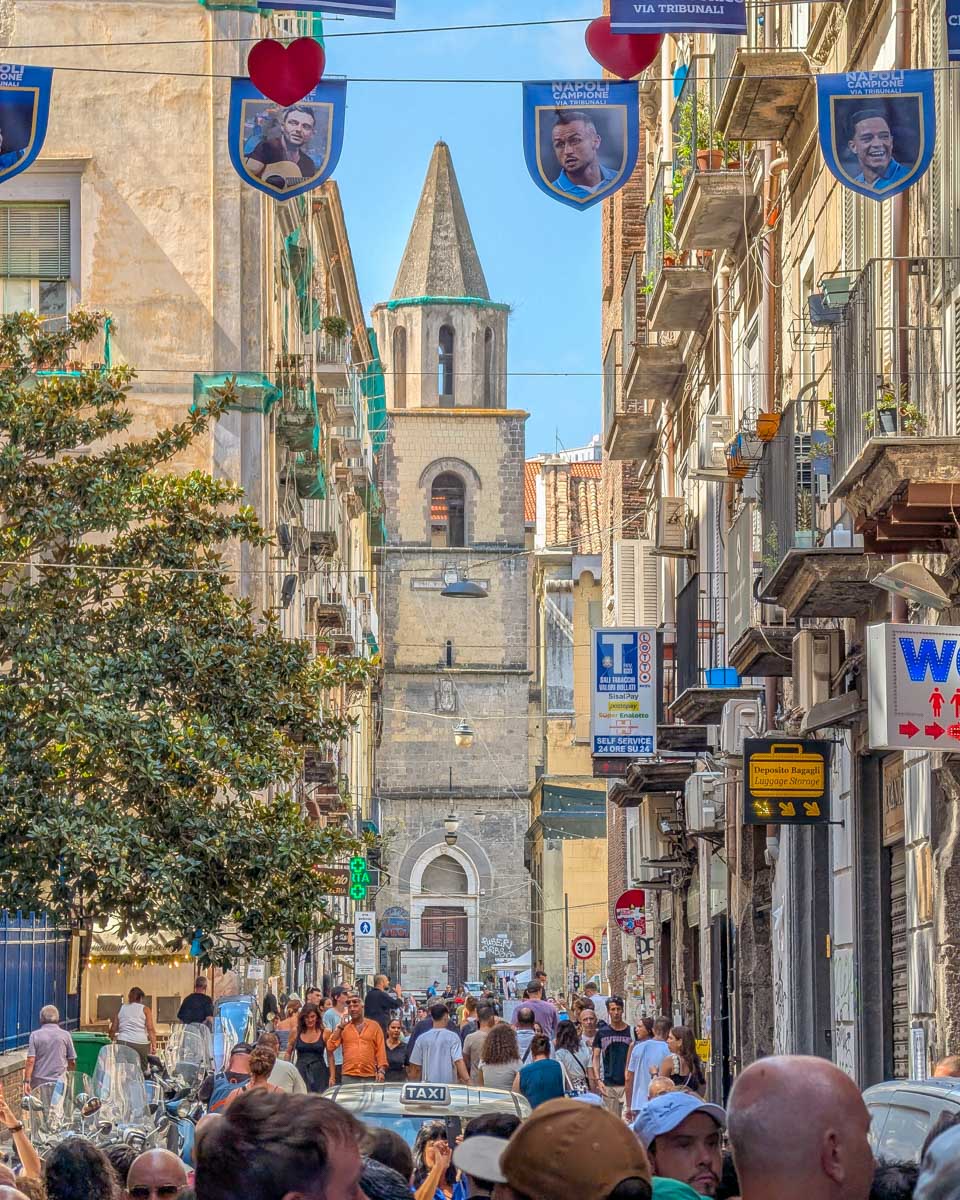

If your main priority is avoiding the crowds, then you definitely need to be picky about when you visit Europe! Summer is by far the busiest season, especially in major cities, coastal destinations, and famous landmarks. You can expect long lines at attractions, bustling streets, packed trains, and accommodations that get booked up months in advance. While the energy can be exciting, it’s not ideal if you’re hoping for a more relaxed pace or quieter surroundings.
For a more peaceful experience, spring and autumn are excellent alternatives. You’ll still get nice weather and plenty of daylight, but with fewer tourists and a more local feel in popular spots. Still, check Easter dates because many cities get busy around then due to school holidays and religious celebrations.
Winter is generally the calmest season, but the weeks leading up to Christmas and New Year can be very chaotic! Still, in November and from January onwards, cities tend to be a lot quieter.
It’s definitely due to being mindful of major European holidays when traveling, but it’s also worth checking out what’s going on in the specific country you’re visiting. If you prefer a quieter, more laid-back trip, planning around these peak times is definitely worth it.
Related Read: Decided when you’re going? Make sure you’re prepared by reading our guide on the most common tourist scams in Europe here so you can travel with confidence, no matter the season!
Anything Else I Should Know?

Before you lock in your travel dates, we want to draw your attention to a few extra factors that can really impact your experience. Things like national holidays, daylight hours, and what’s actually open during your visit can all shape your itinerary. We want you to have the best trip possible, so below are some helpful reminders to consider before you book.
Watch out for public holidays and local events
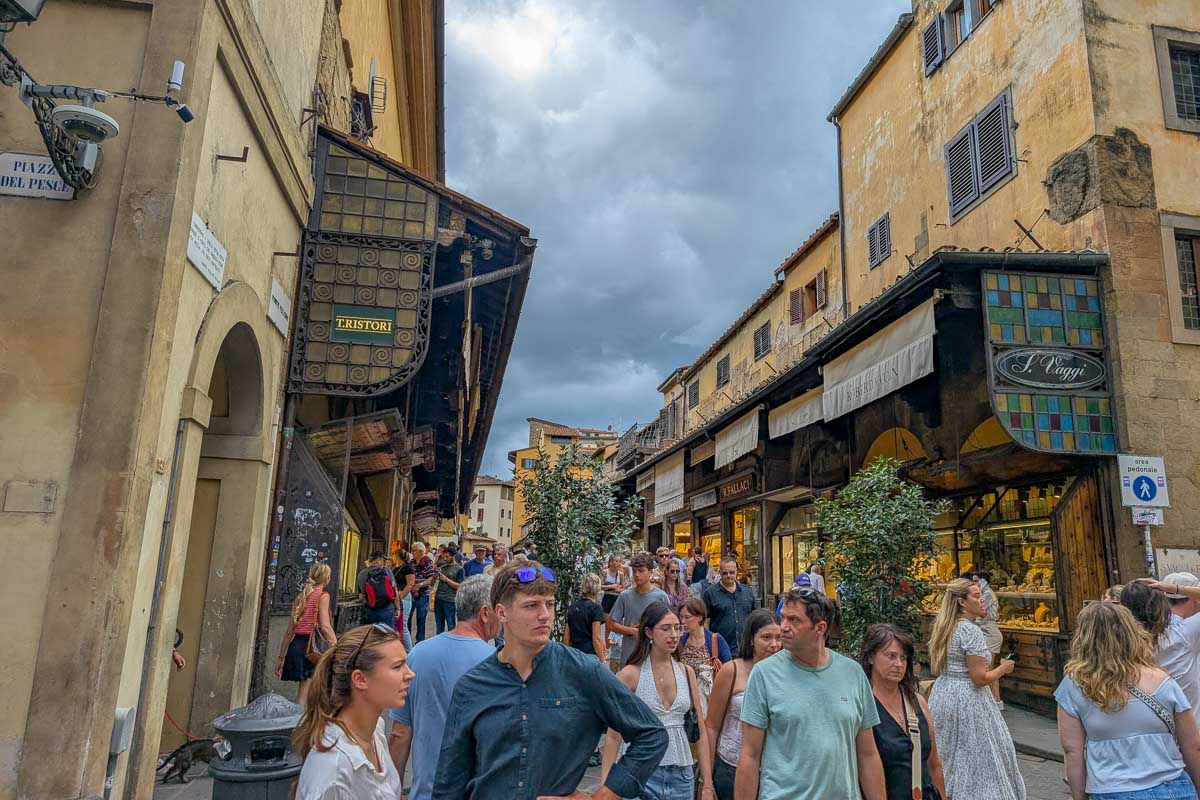
Major holidays and festivals across Europe can be double-edged. On one hand, they bring incredible energy and can be a great reason to visit. I mean, who doesn’t love a street parade, an Easter procession, or a local wine festival?
But at the same time, they can also mean packed cities, price surges, and sold-out hotels. If you wait too long, you can find yourself with very limited (and expensive) accommodation options. So just be aware of what’s going on in your chosen destination, and plan accordingly!
Book in advance during busy times

In a similar vein, you really need to book ahead if you’re visiting during summer or around major events, like Oktoberfest or Carnival. It’s no secret that hotels often book up weeks—or even months—in advance, but you also need to think about trains, buses, and tours.
Booking early not only secures your spot but also helps you score better deals. We always recommend locking in your hotels through Booking.com and reserving activities via Viator once you know your travel dates! You can usually find options with free cancellation to help you stay flexible, too.
Pack for the weather and season
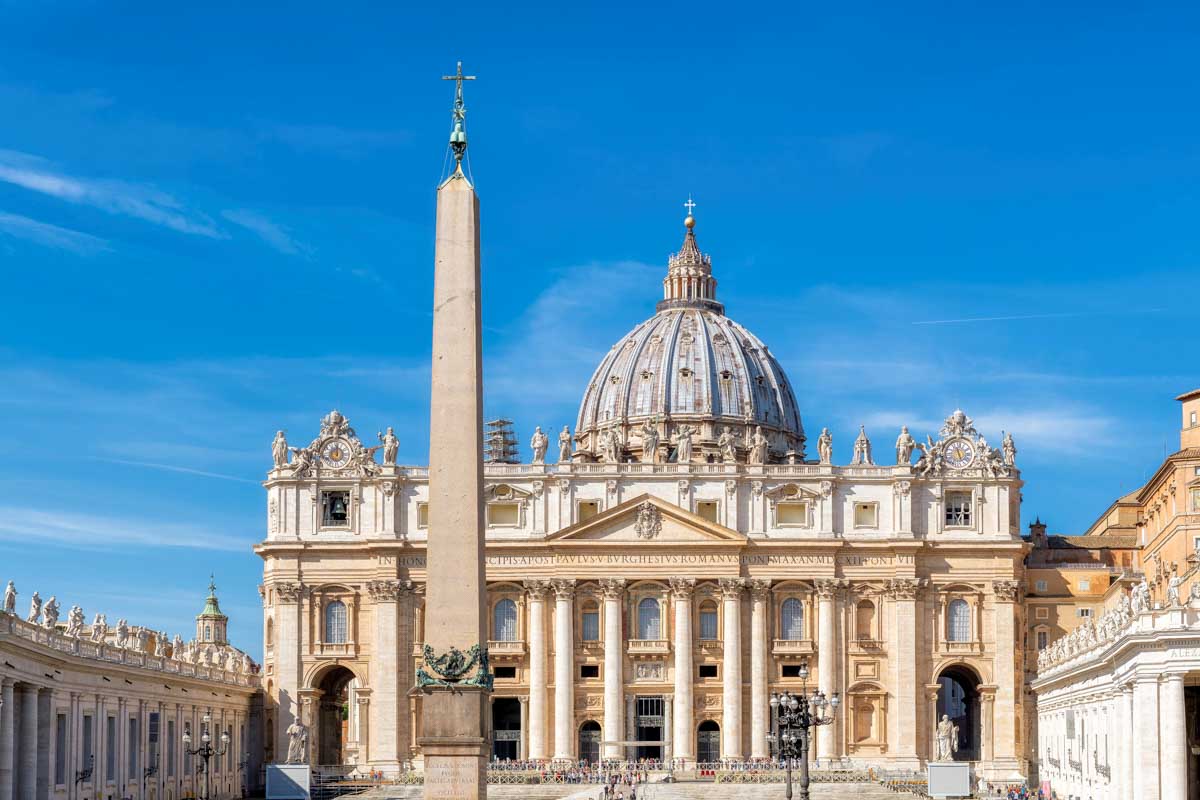
European weather can be a bit unpredictable in spring and fall. I’ve been caught in a surprise April snowstorm in Vienna and sweltered through an October heatwave in Rome! So even if you have a general idea of what the weather is like at a certain time of year, be sure to check the local forecast right before you go and pack accordingly. Light layers are often a good idea!
Be mindful of daylight hours

How much daylight you have makes a big difference to your travel pace. In the depths of winter, places like Iceland or northern Scotland might only get 4-6 hours of daylight, so for sightseeing, you need to be out the door as soon as the sun comes up! On the flip side, summer days can stretch long into the evening, perfect for relaxed city strolls or late dinners outdoors.
Check seasonal schedules
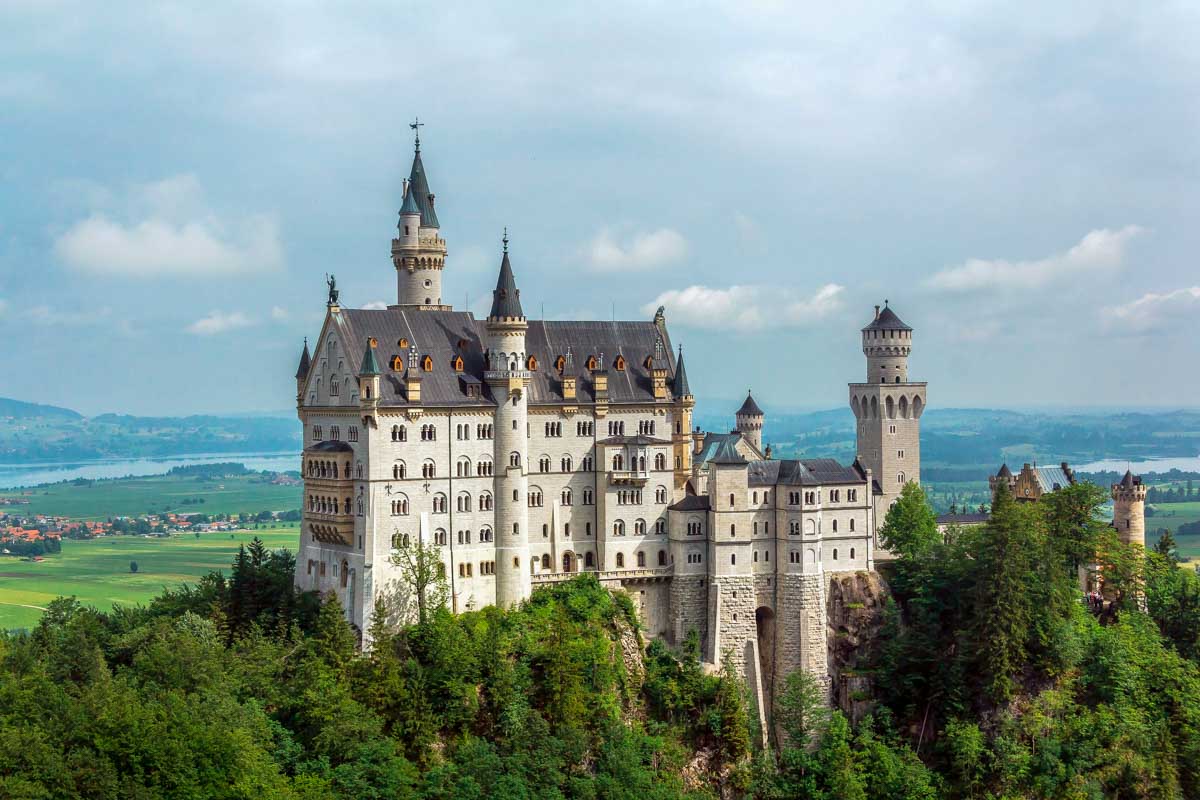
Not everything in Europe runs year-round. Some ferries, alpine routes, island hotels, and even castles or museums reduce their hours or close entirely outside the peak season. In summer, it’s a pretty safe bet that you’ll be able to do everything you want to, but outside of June to August, it’s best to double-check that the attractions you most want to see are open. This is especially important in winter and early spring, but it’s never a bad idea!
Consider travel insurance

Weather delays, airline strikes, and unexpected cancellations can throw a wrench into even the best-planned trip. No matter the season, you shouldn’t travel without insurance!
In winter, especially, snowstorms and icy conditions can disrupt flights and trains. And during the busy summer months, cancellations or last-minute changes can get expensive fast. Travel insurance is one of those things you hope you never need, but you’ll be glad you have it if something goes sideways. It’s saved us a ton of money over the years, and even got us back home during COVID!
We always use Safety Wing insurance and have had great experiences with them. Not only are they helpful, reliable, and easy to use, but they’re also one of the most affordable options out there!
Thanks for reading!

Europe is one of those places that truly has it all—from sun-drenched beaches and snow-capped mountains to centuries-old cities and cozy Christmas markets. Whether you’re savoring local cuisine in Tuscany, hiking in the Swiss Alps, island-hopping in Greece, or chasing the northern lights in Iceland, every season offers something unforgettable.
Before you start planning, check out our other Europe travel guides here! We’ve covered everything from detailed itineraries to hotel recommendations and the best things to do in dozens of cities. Wherever you go, Europe is sure to leave you with memories that last a lifetime!


